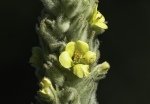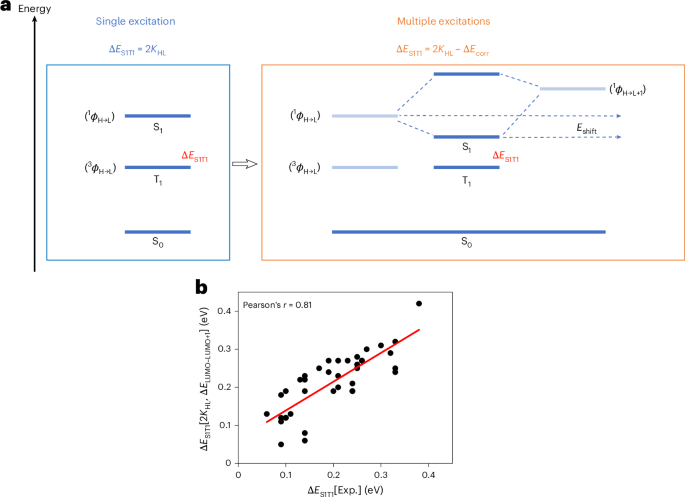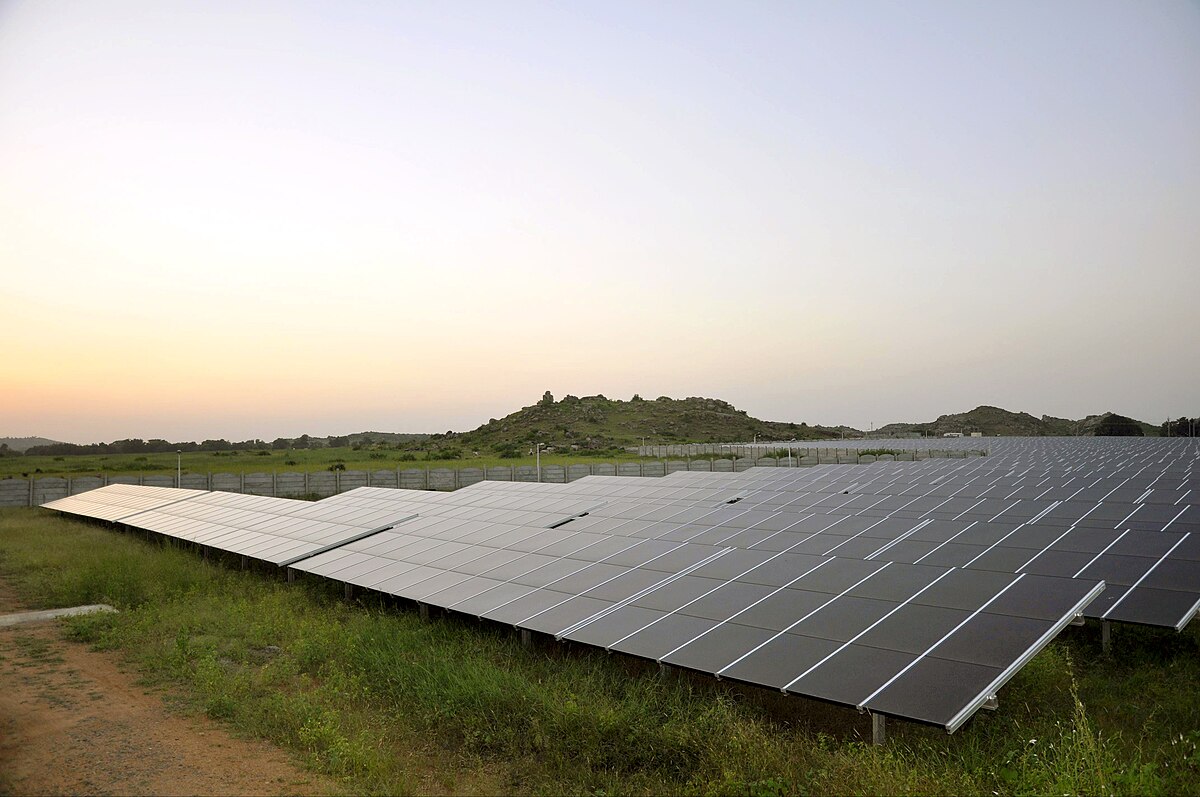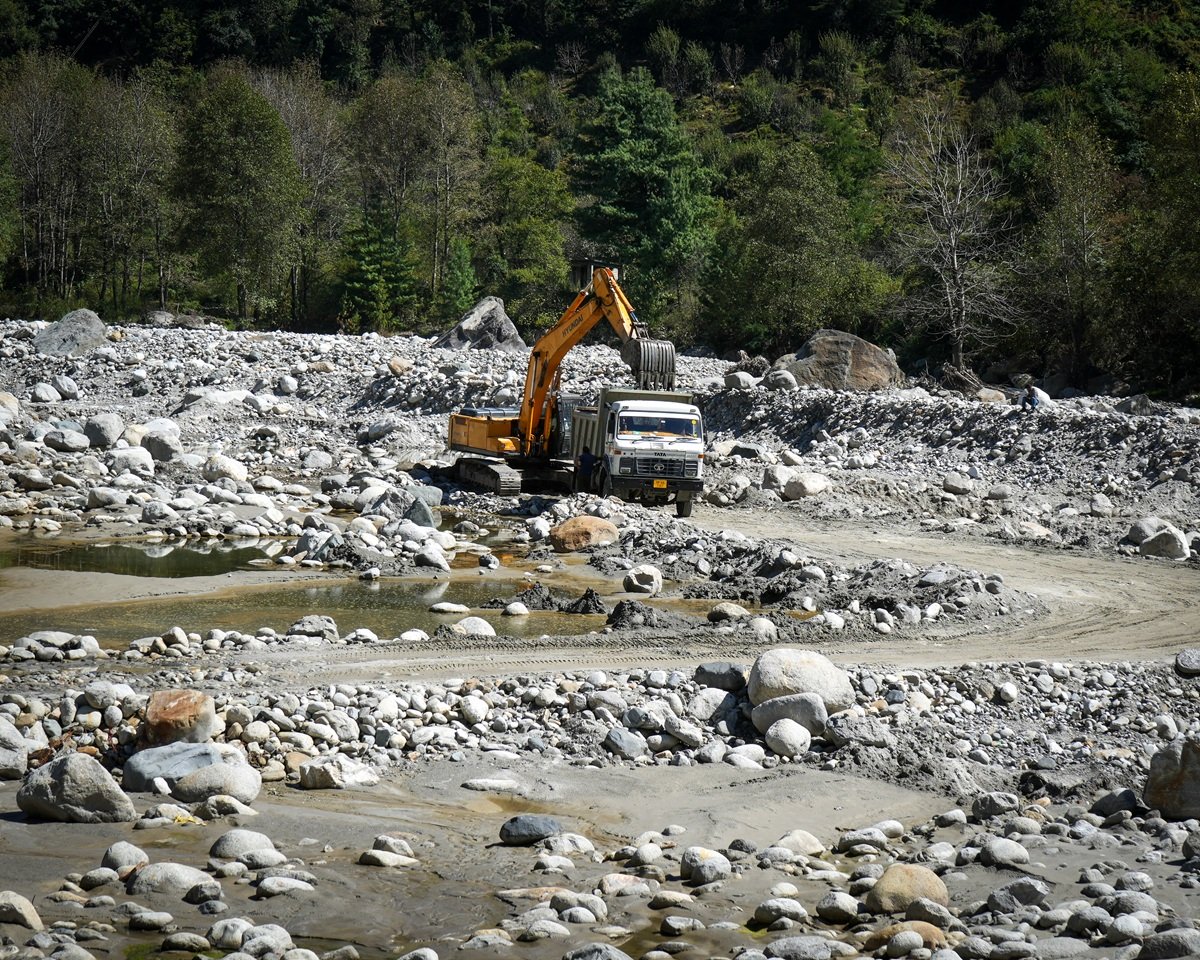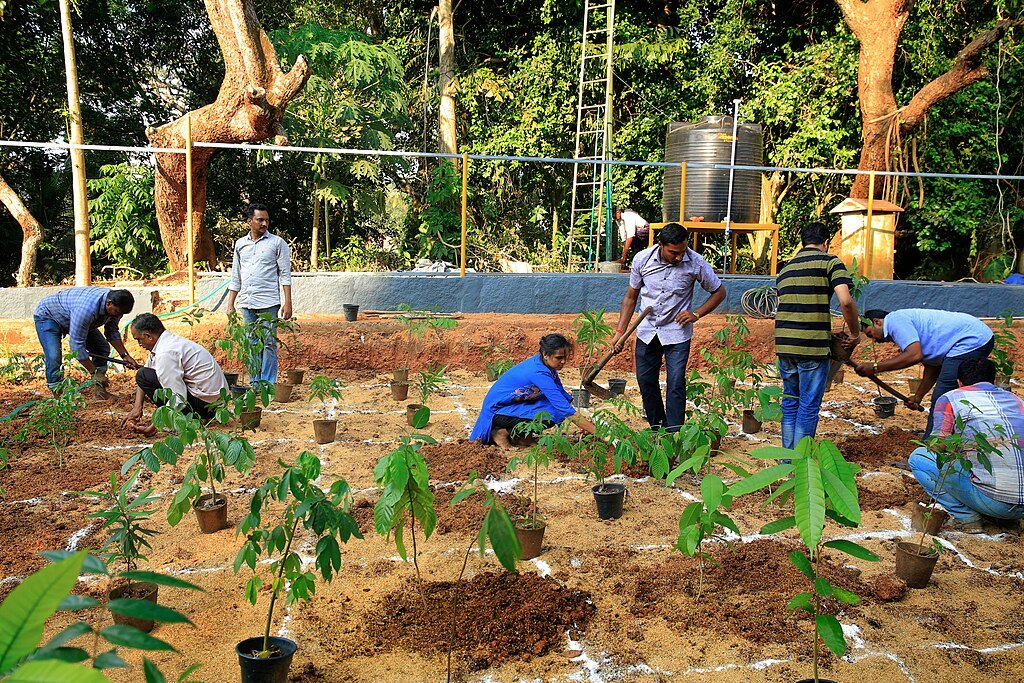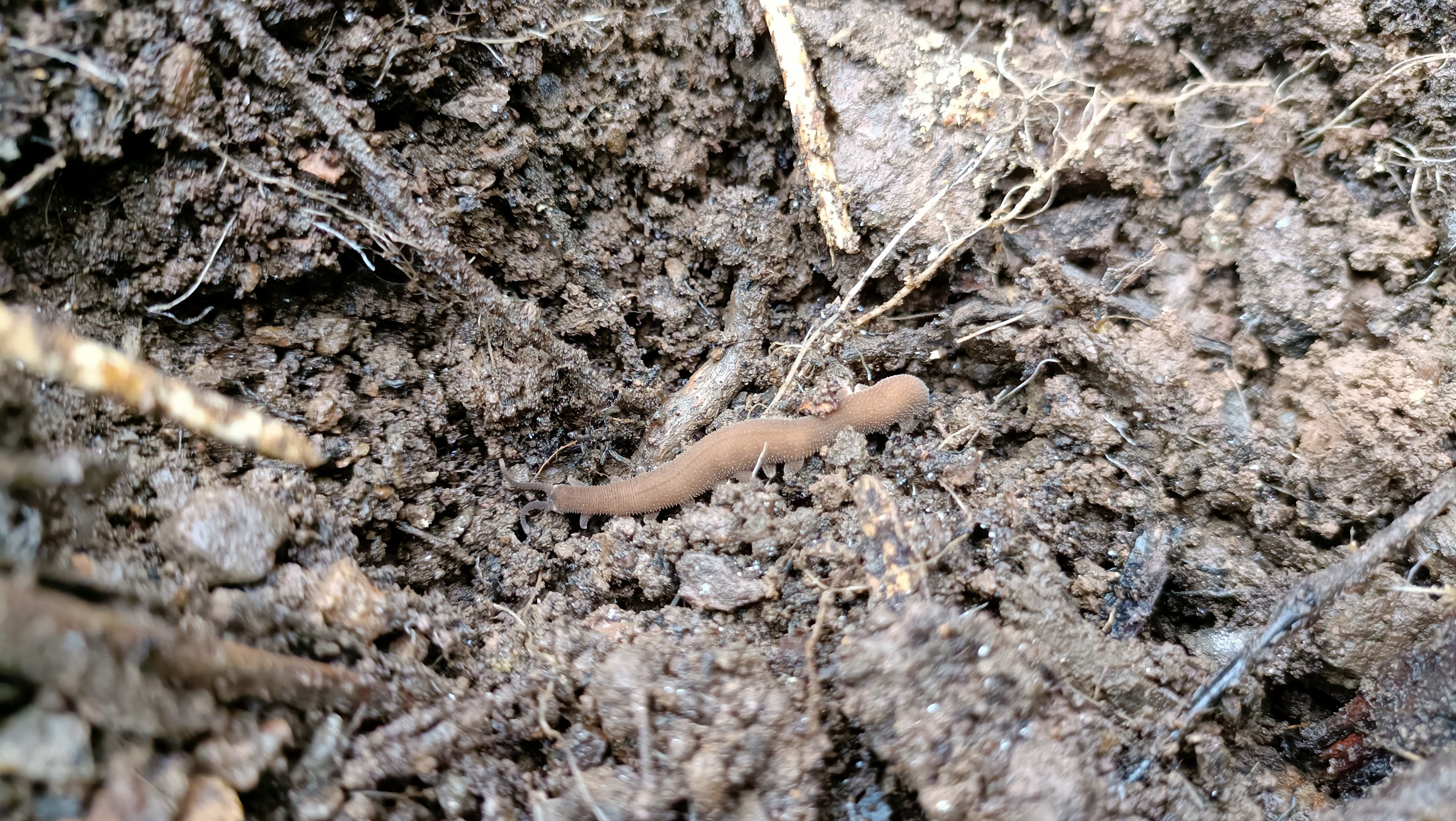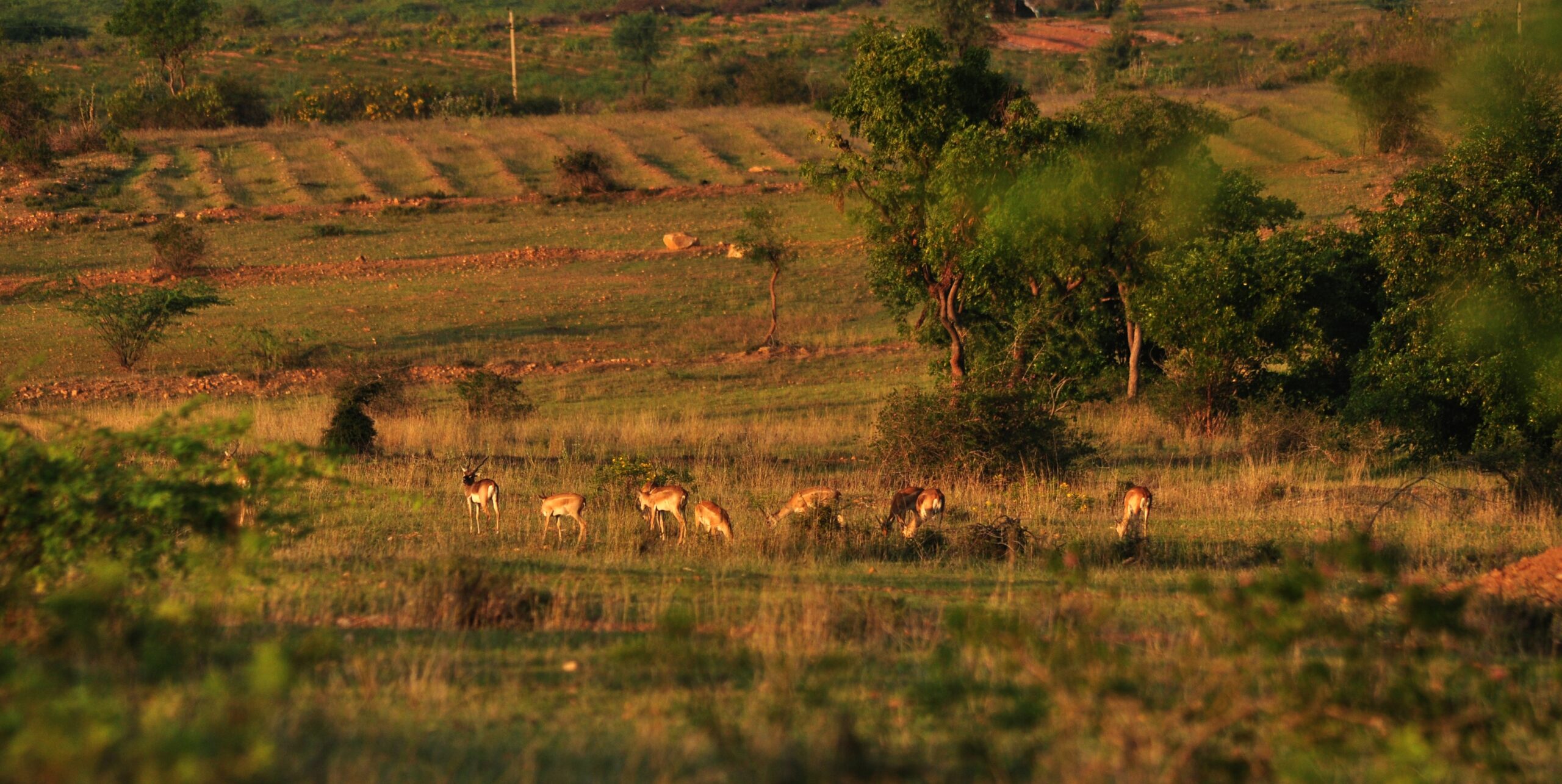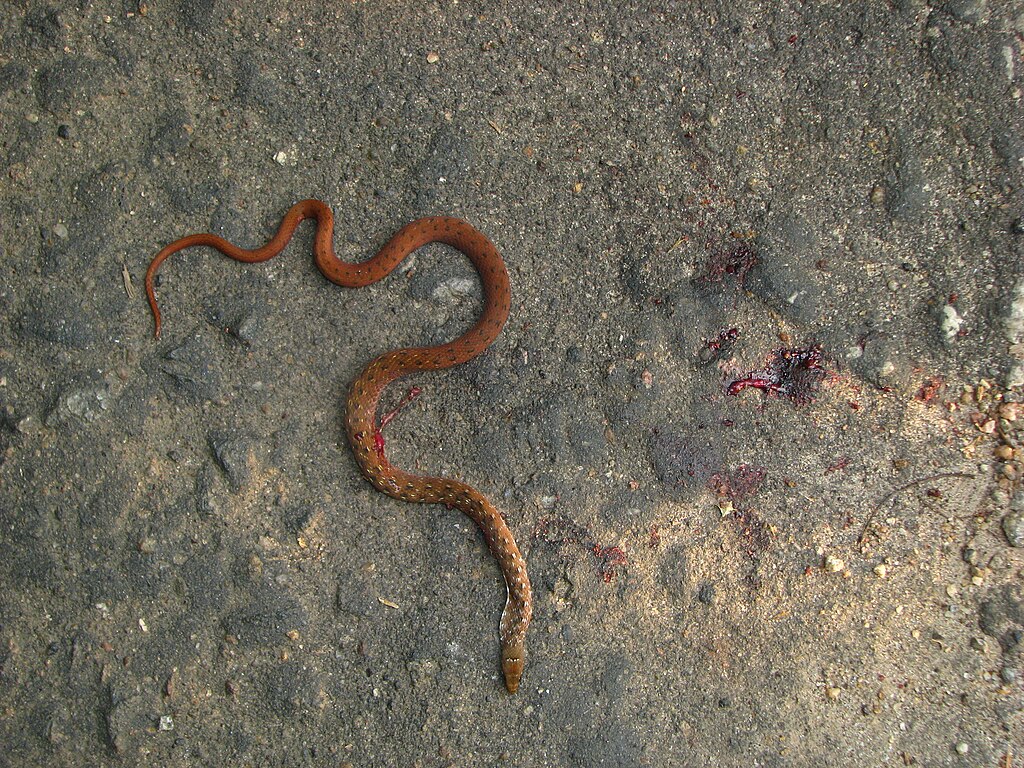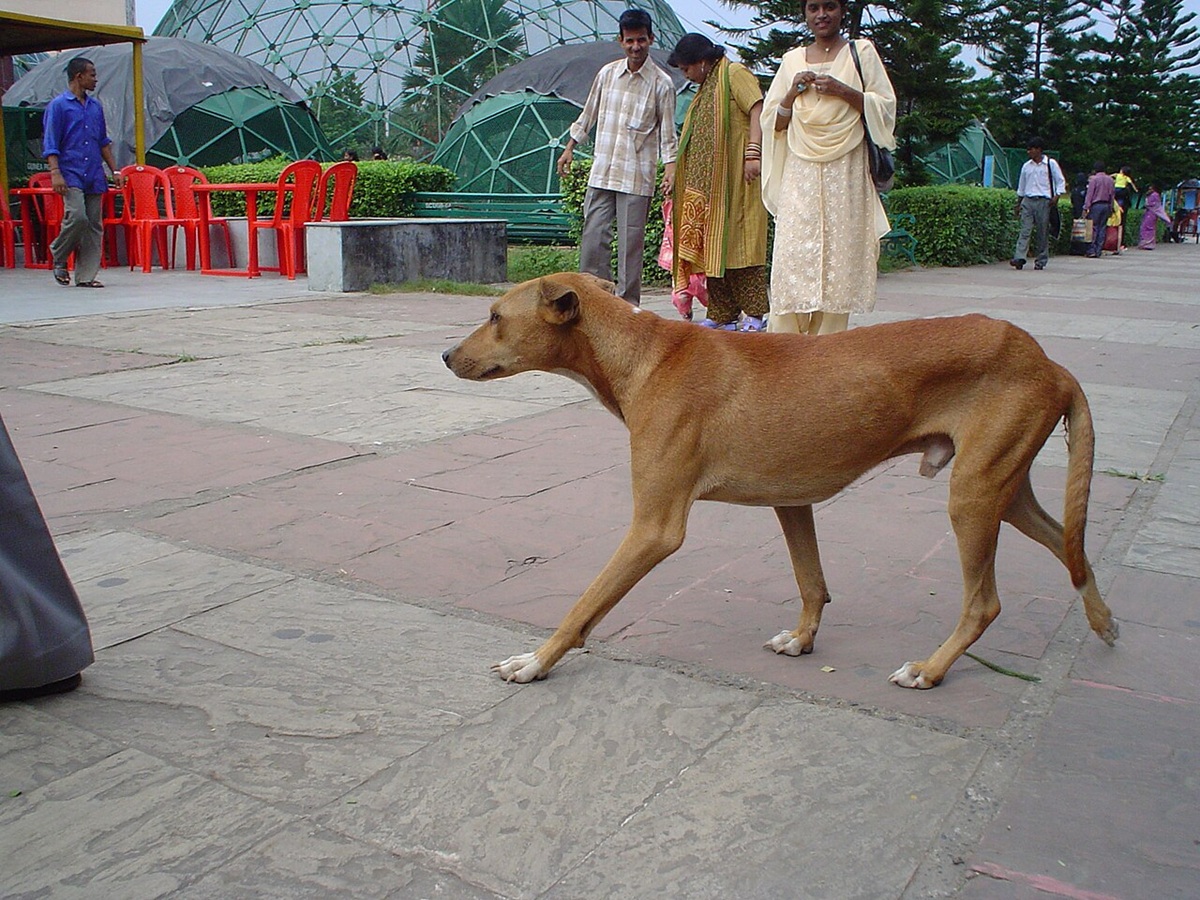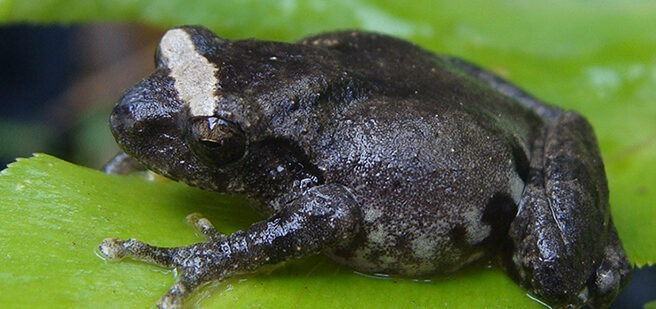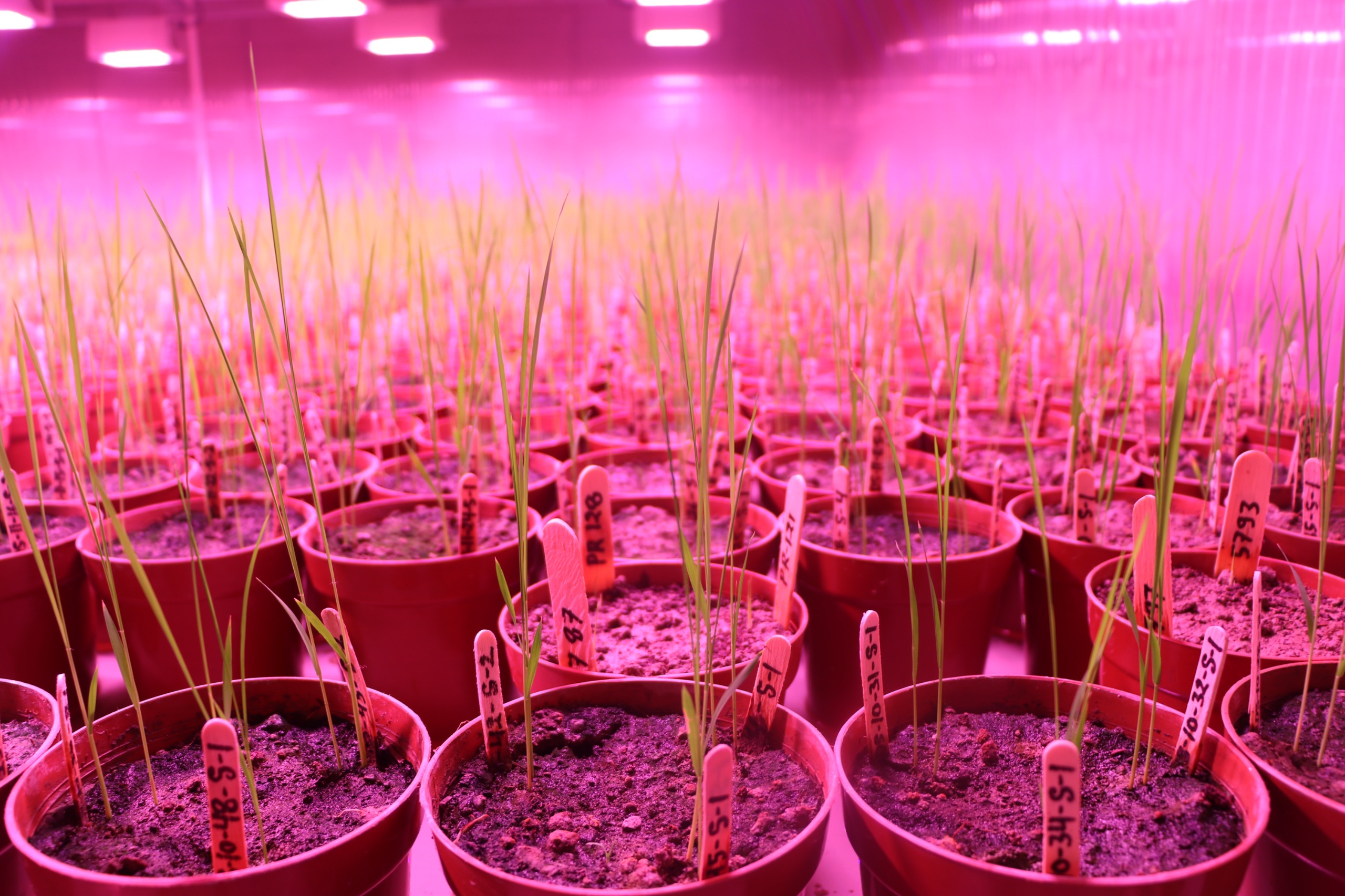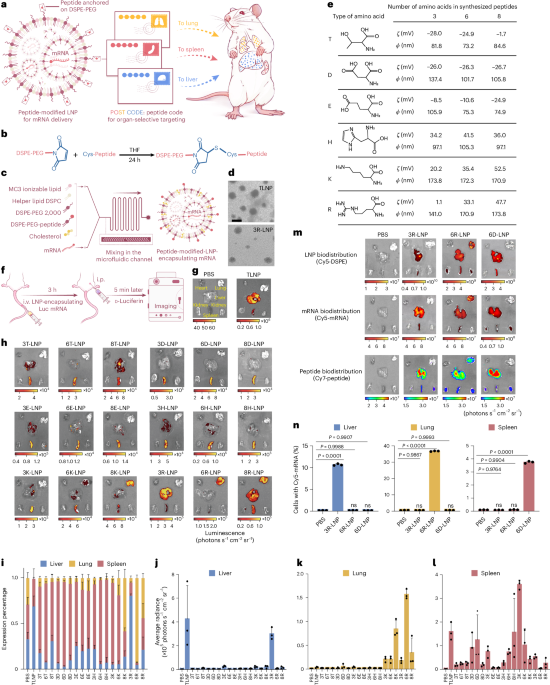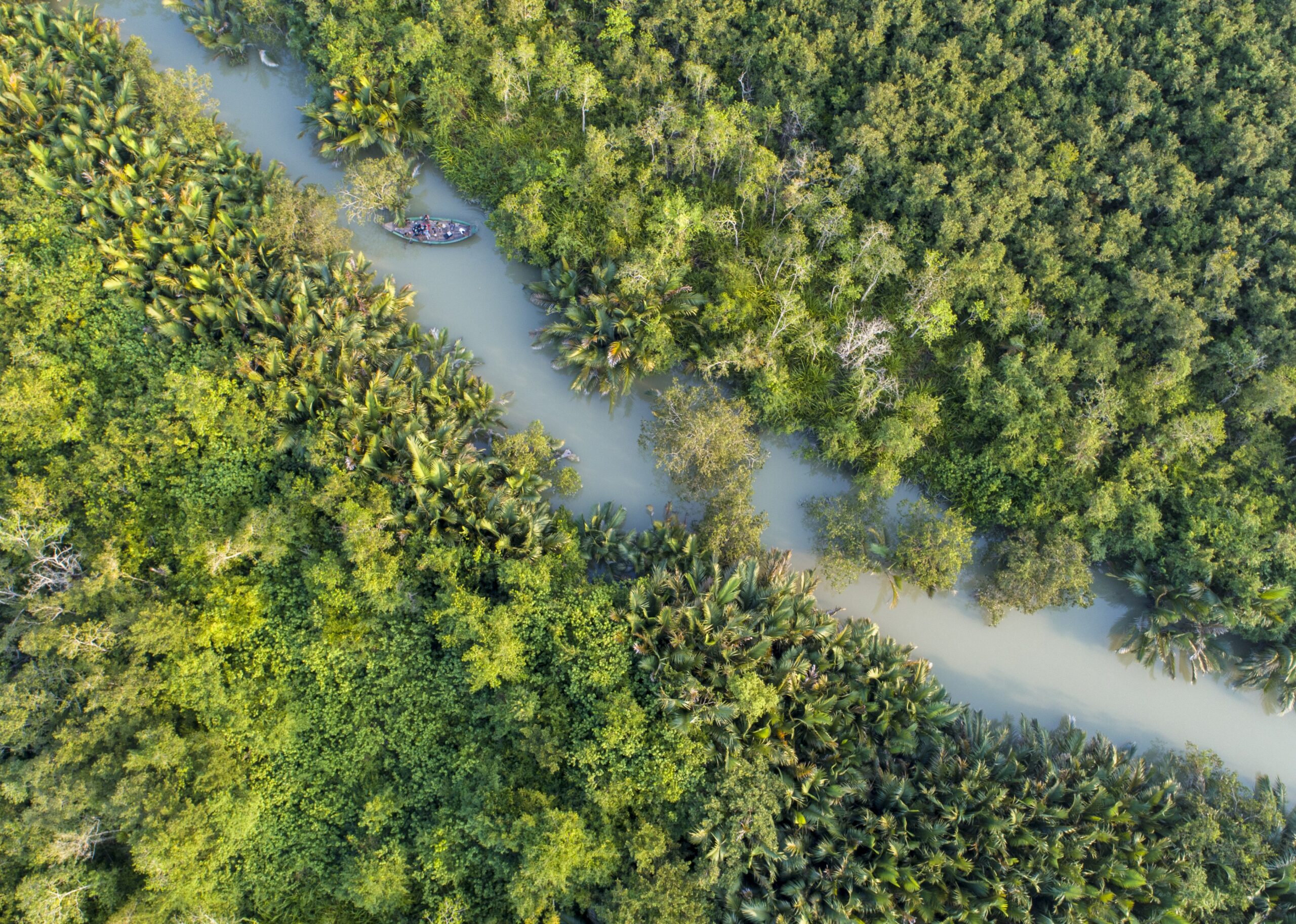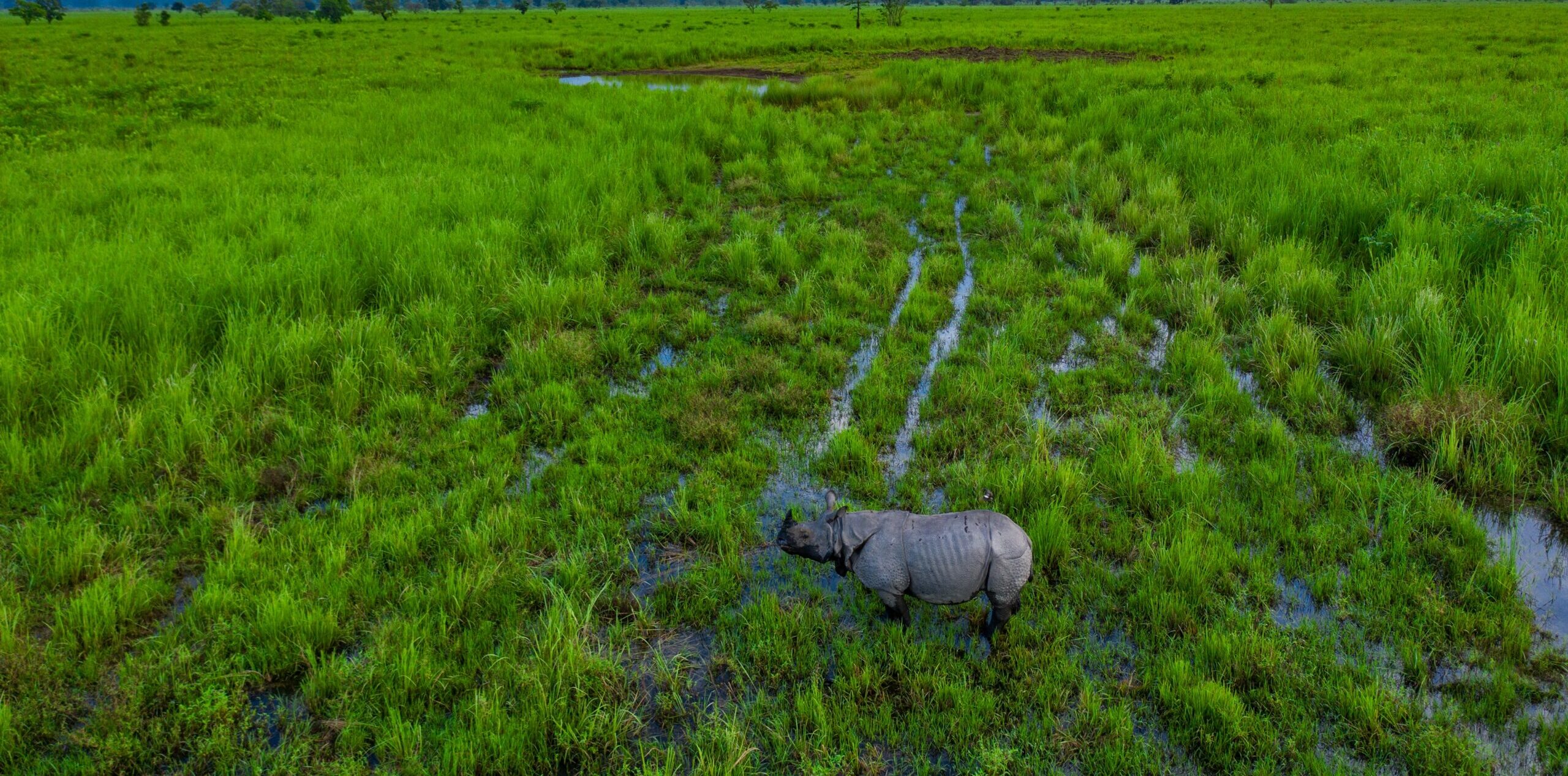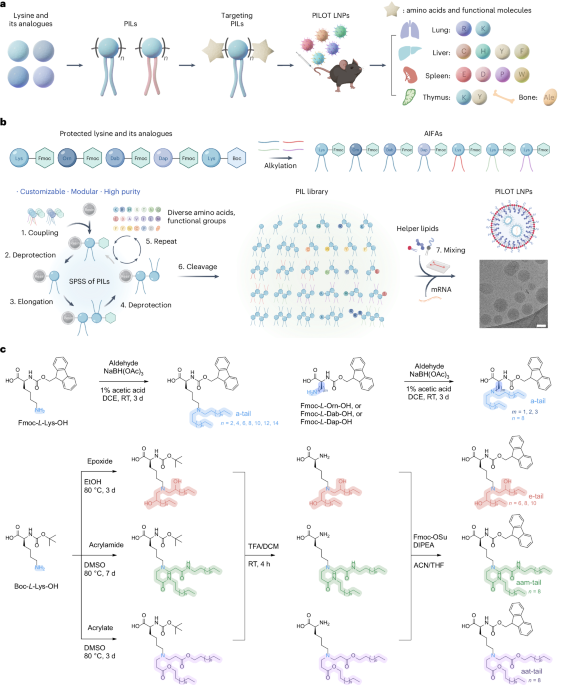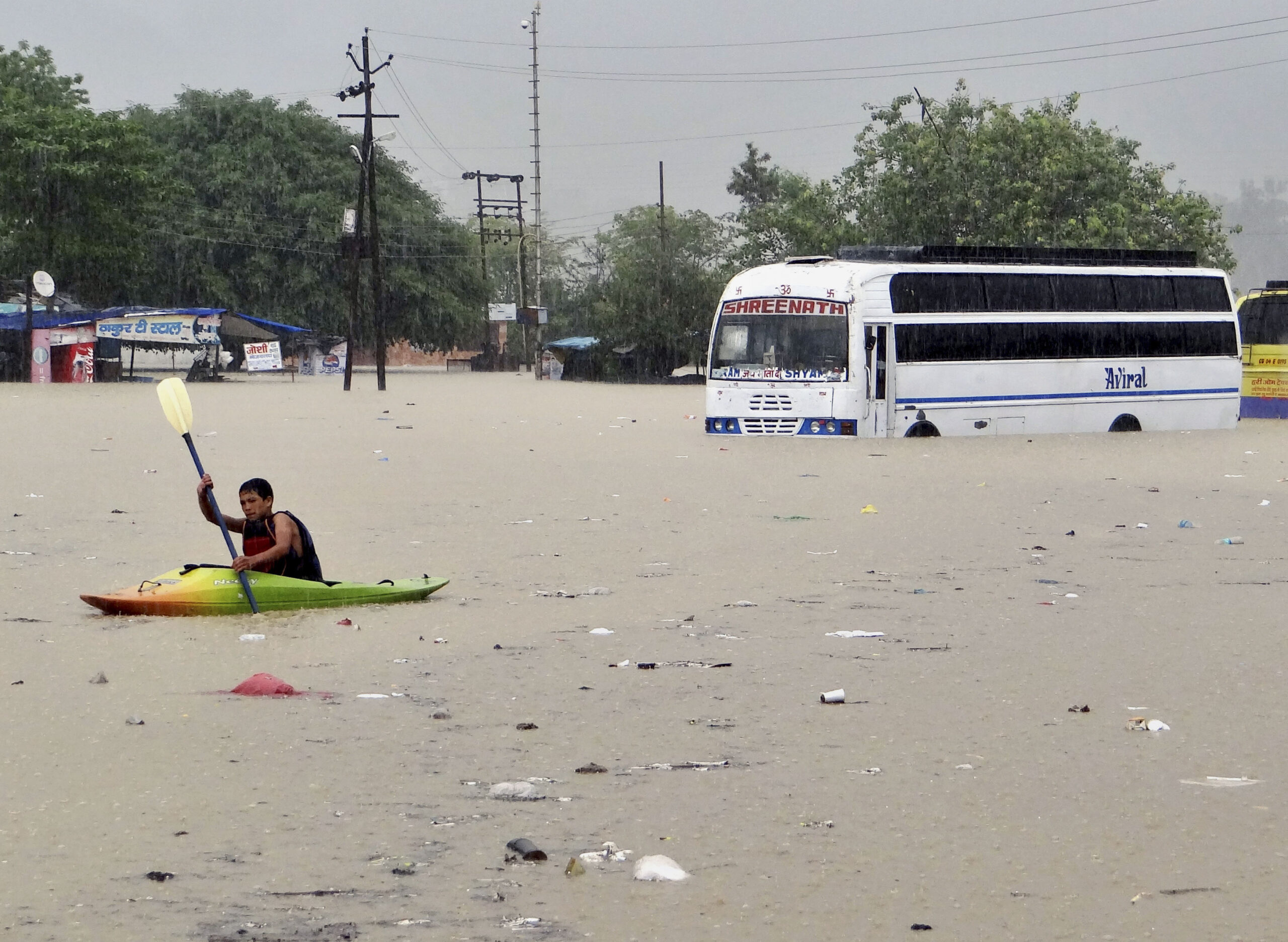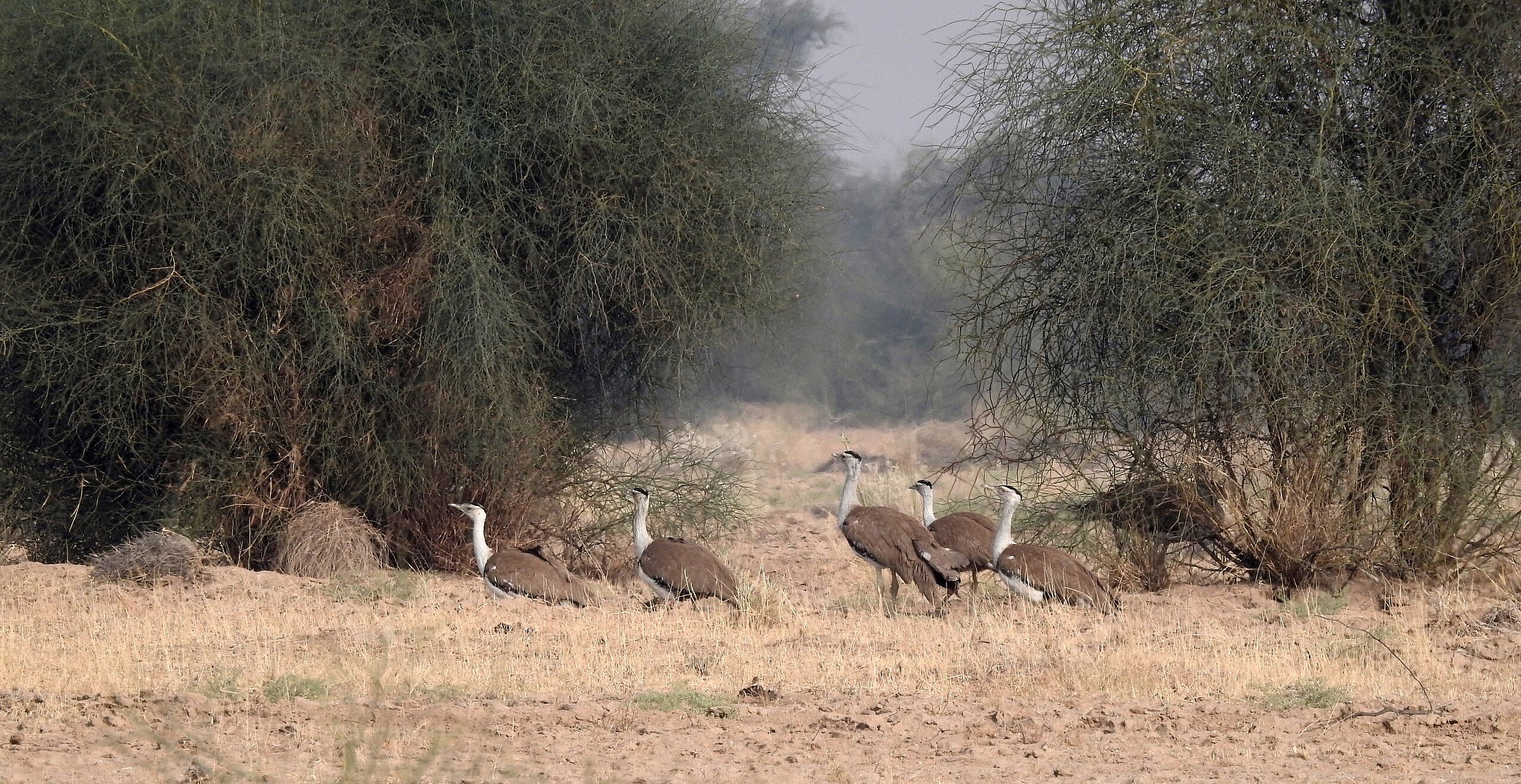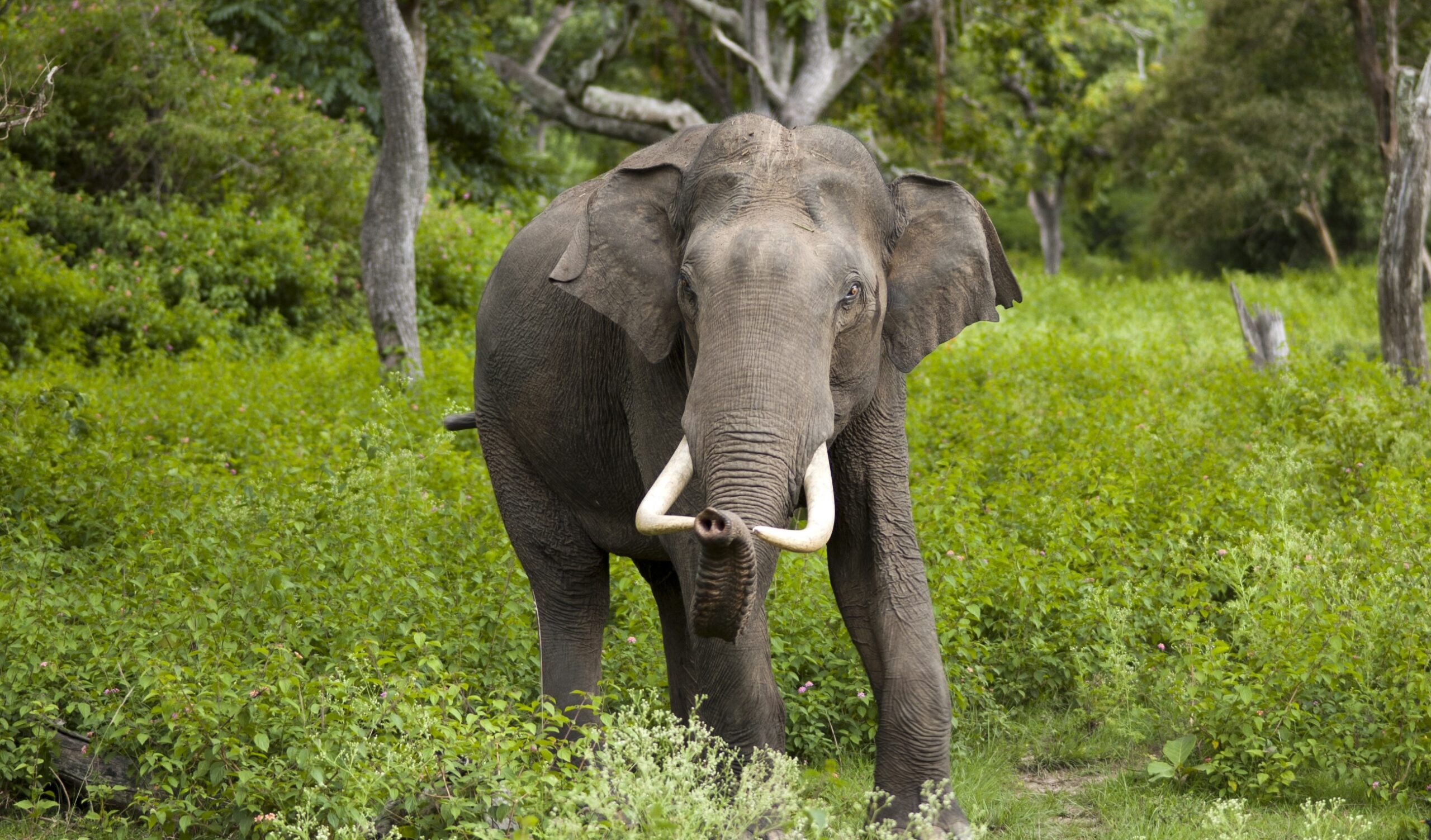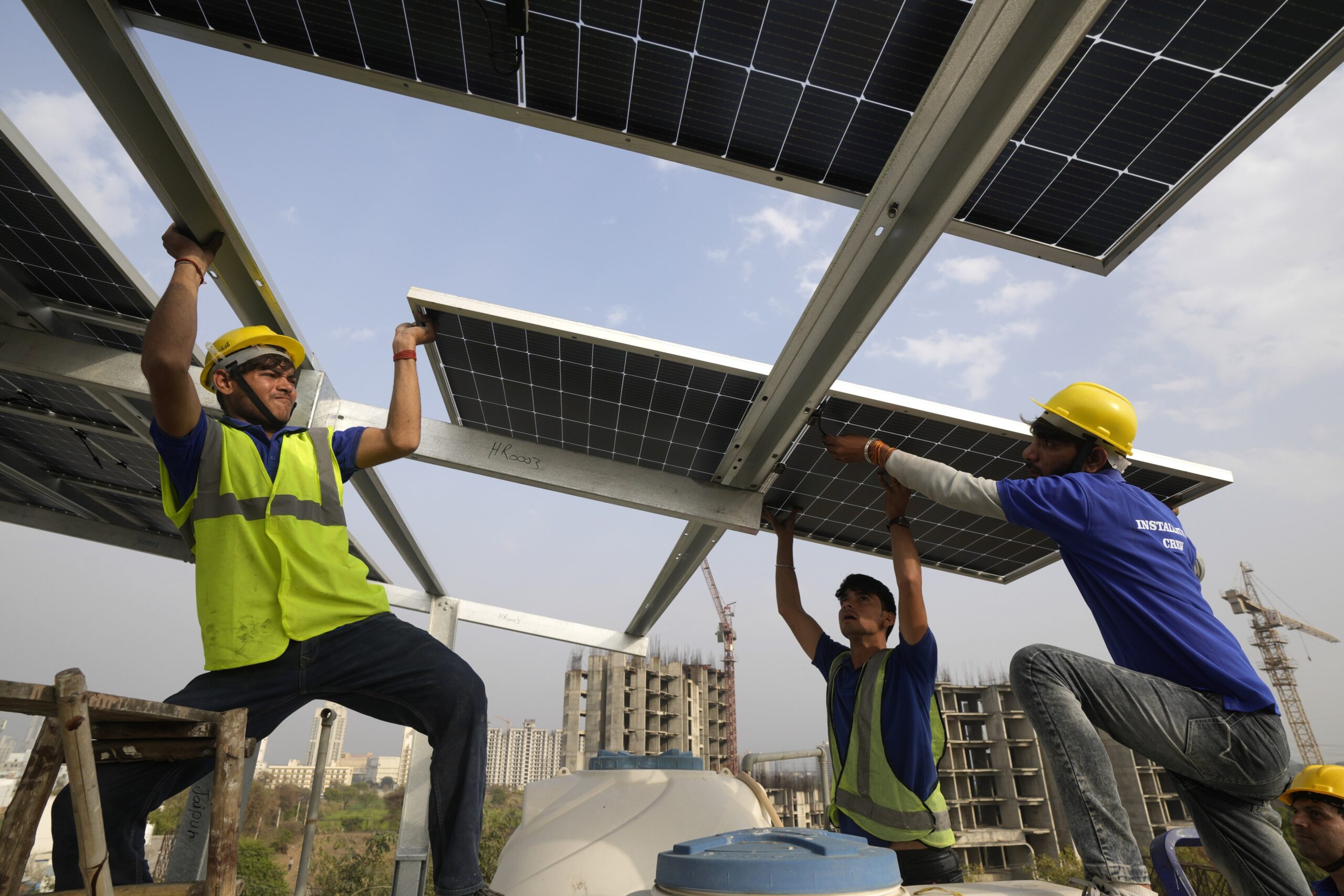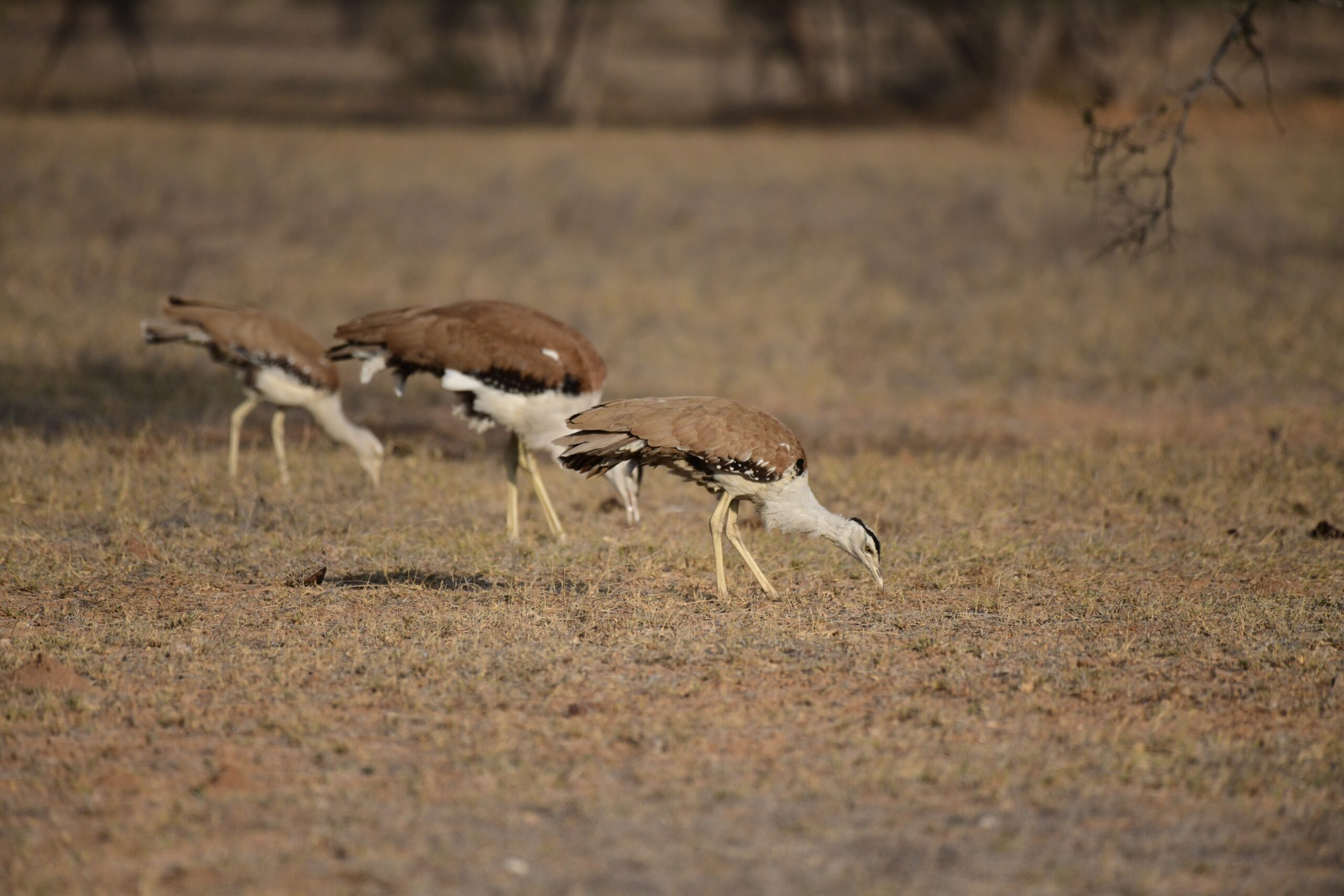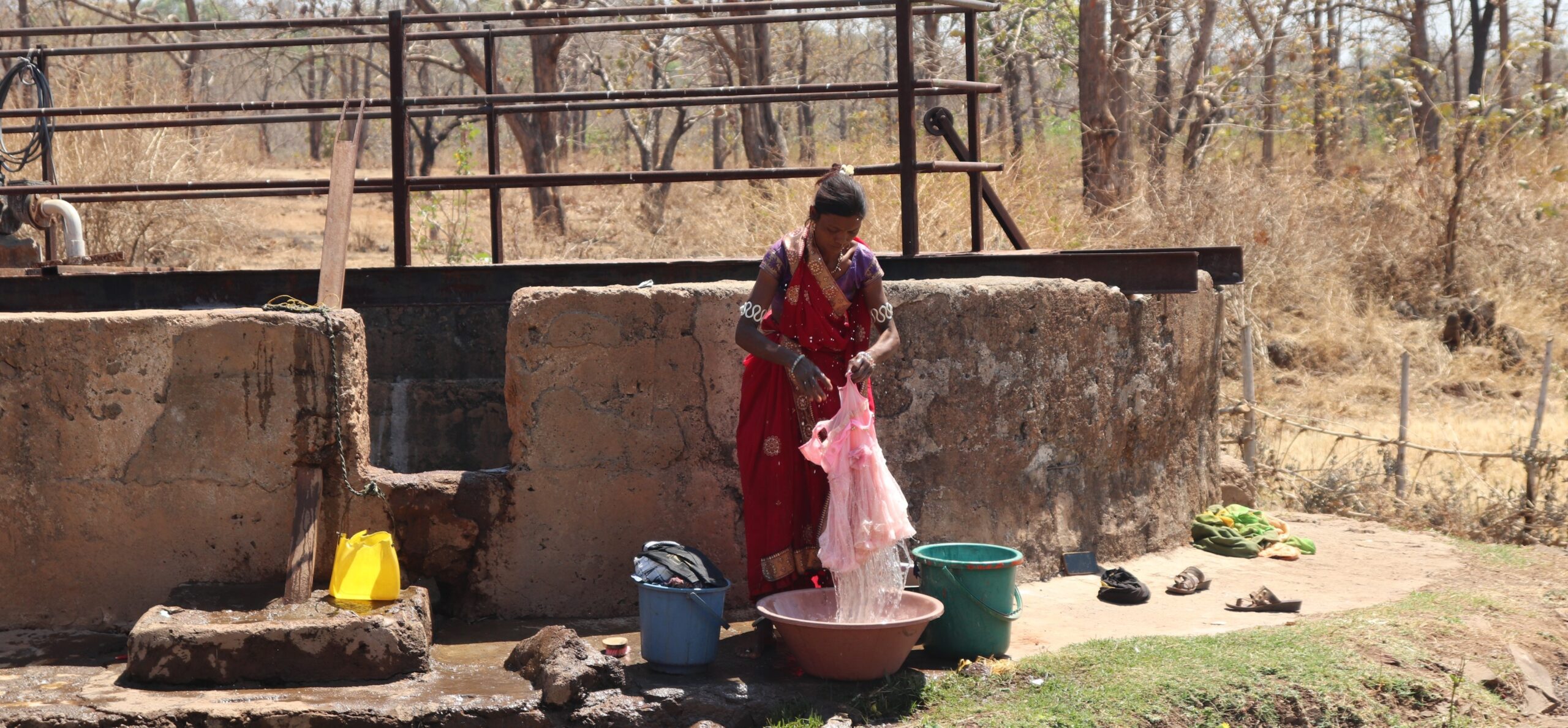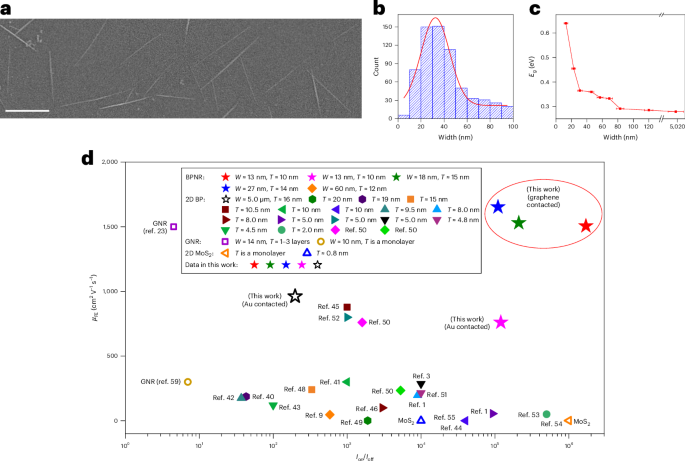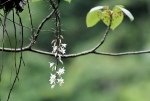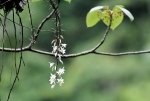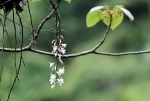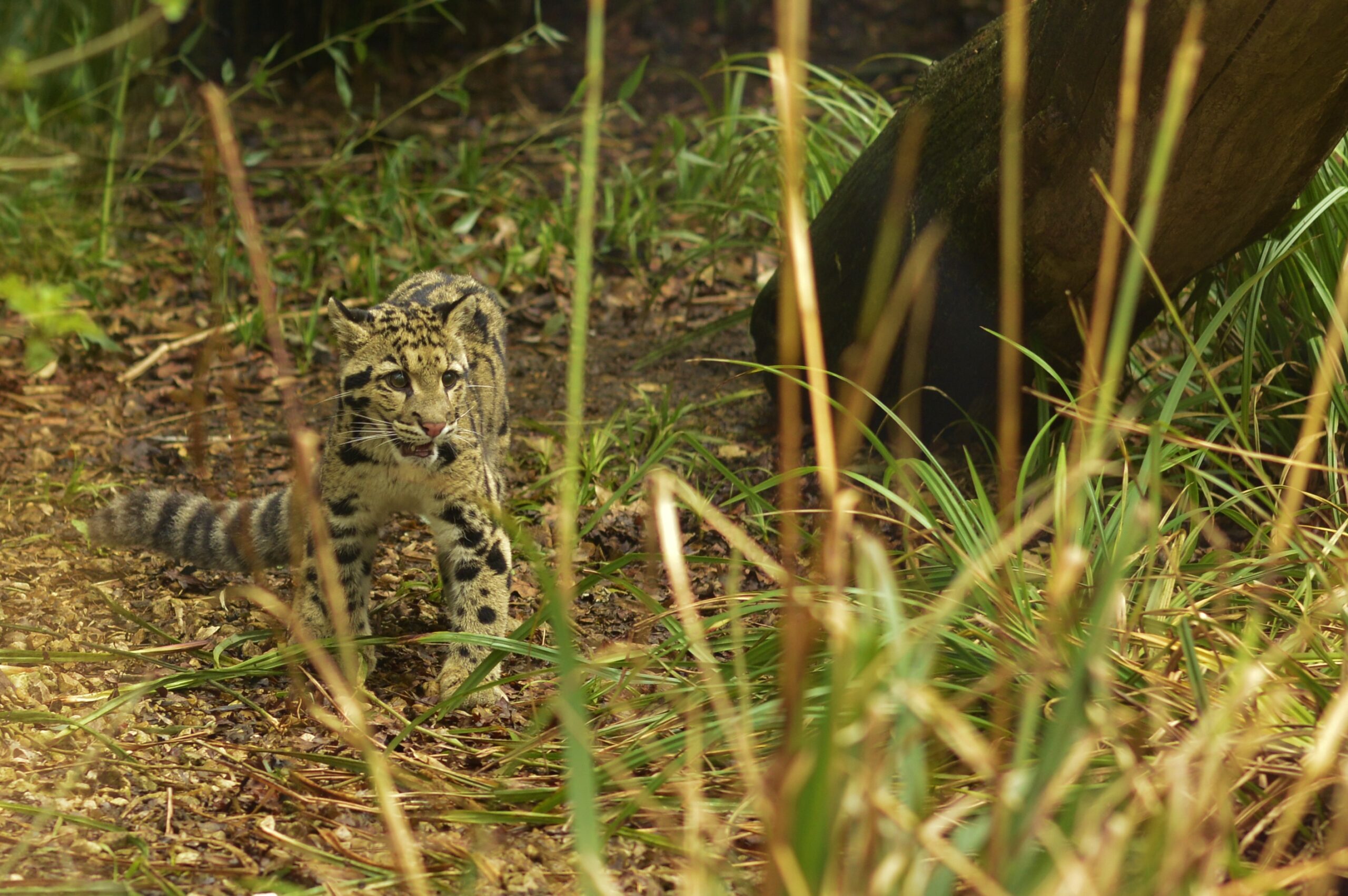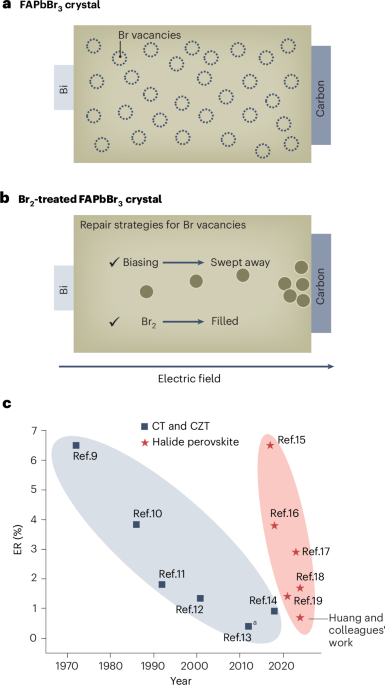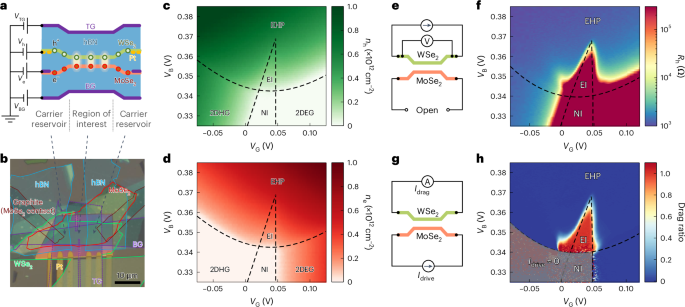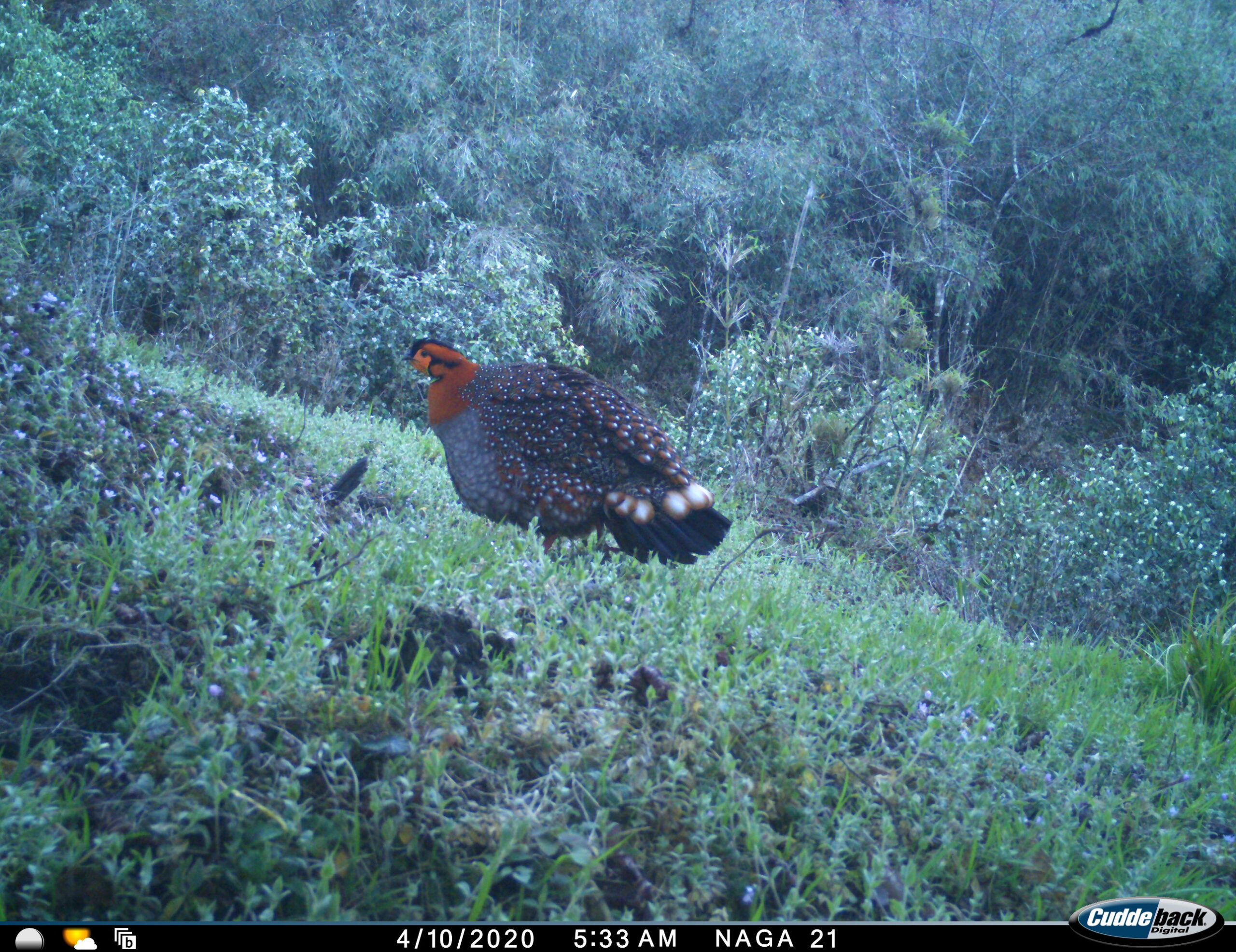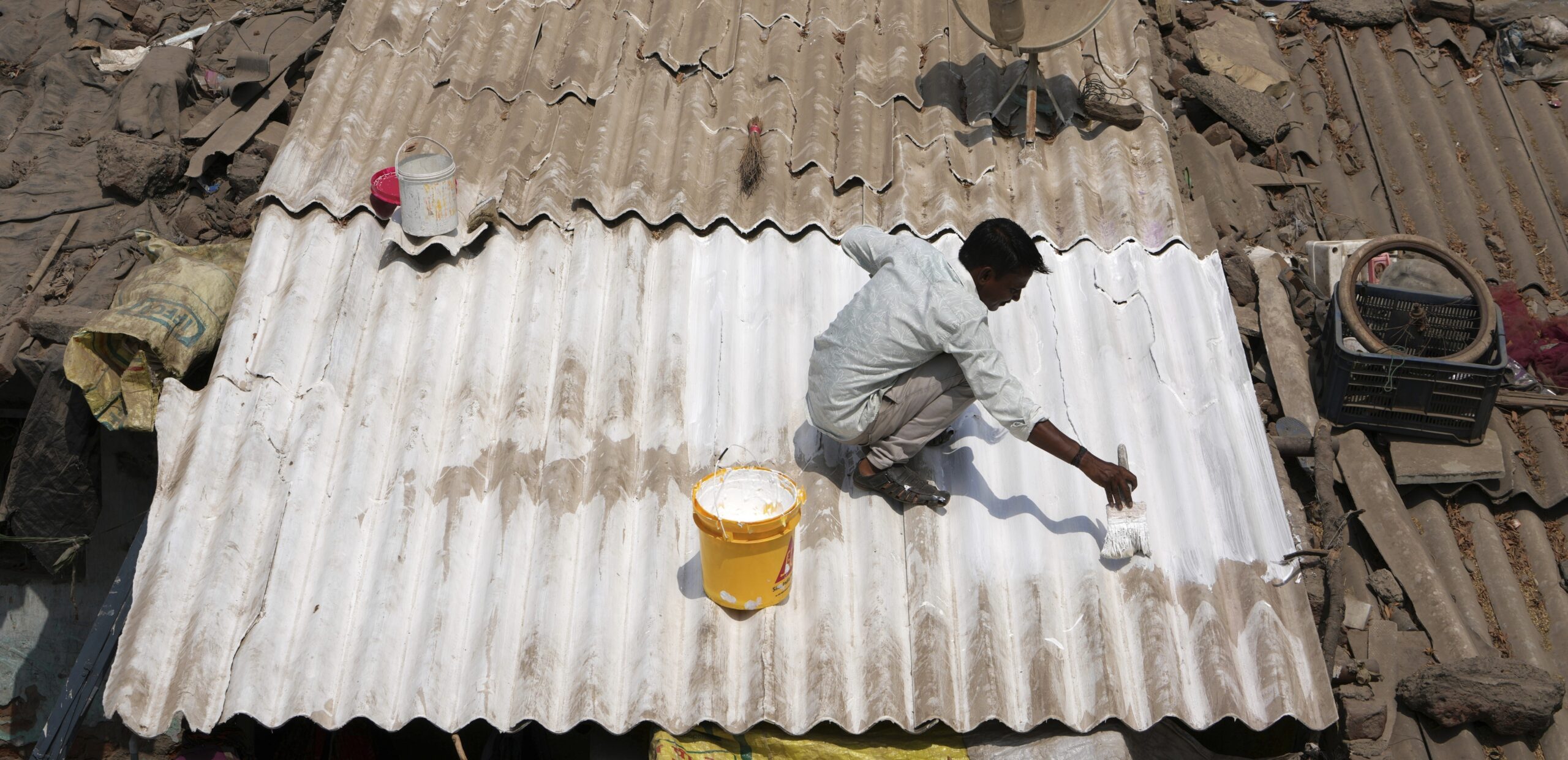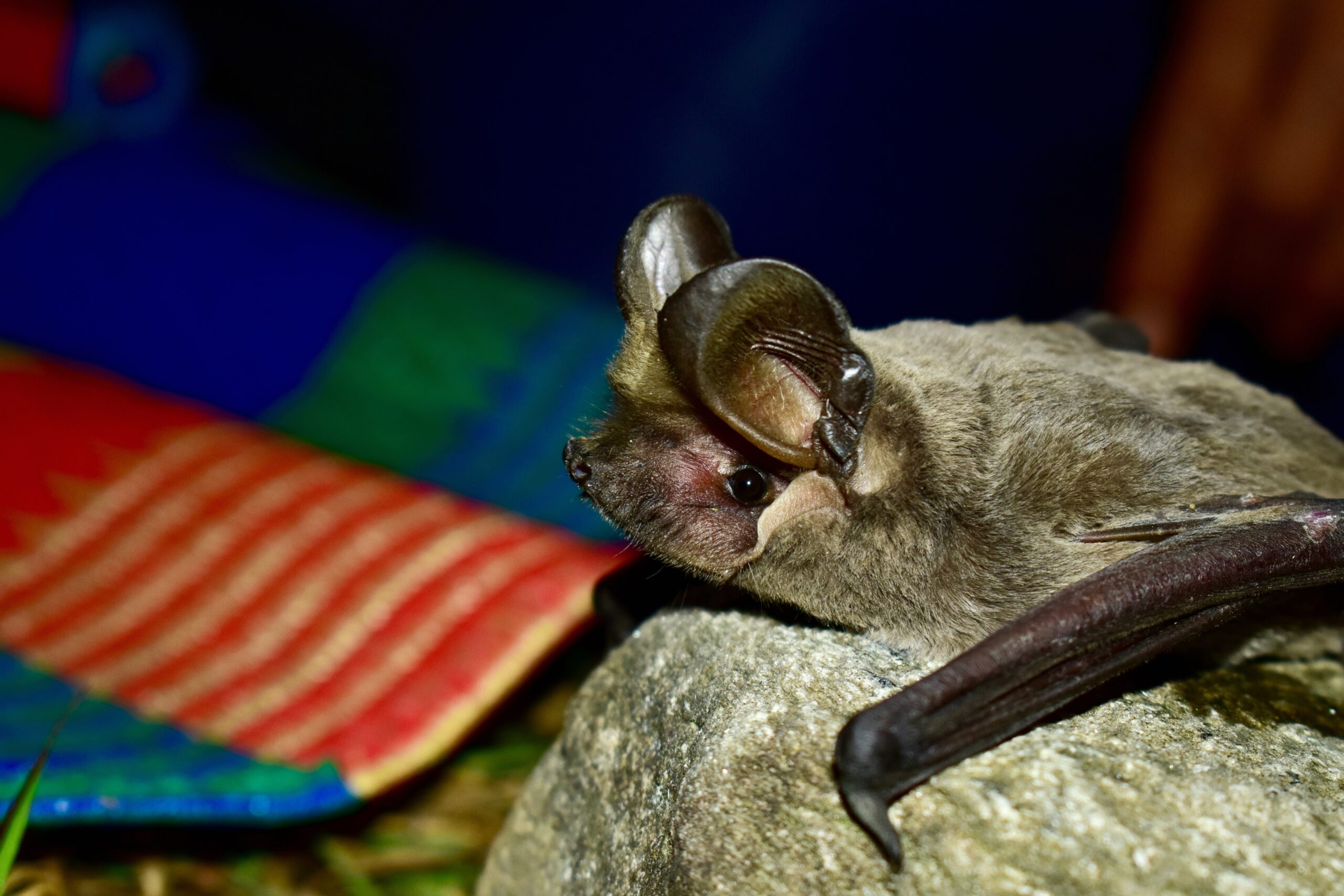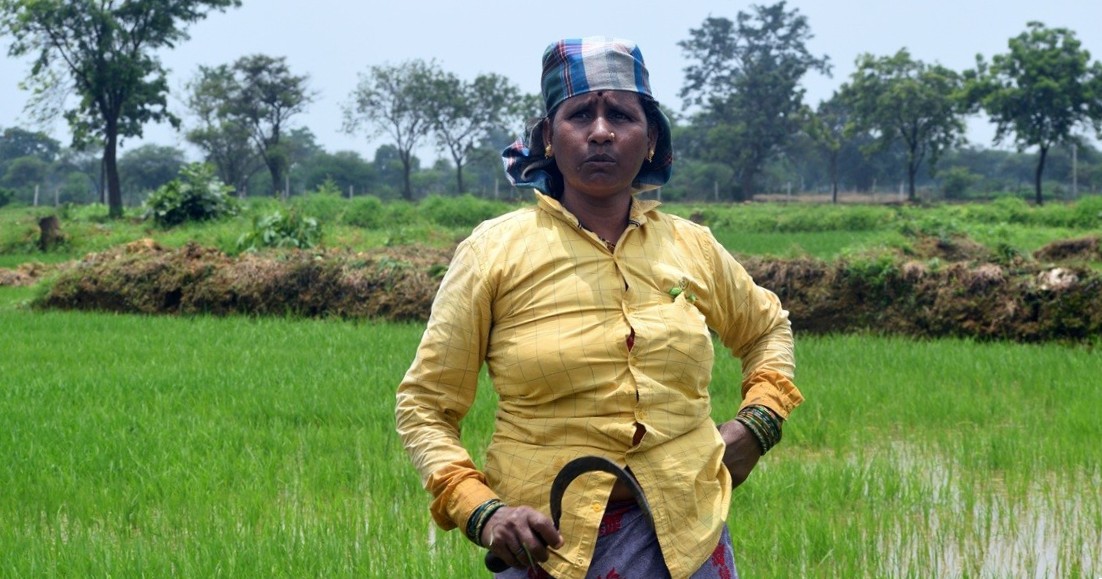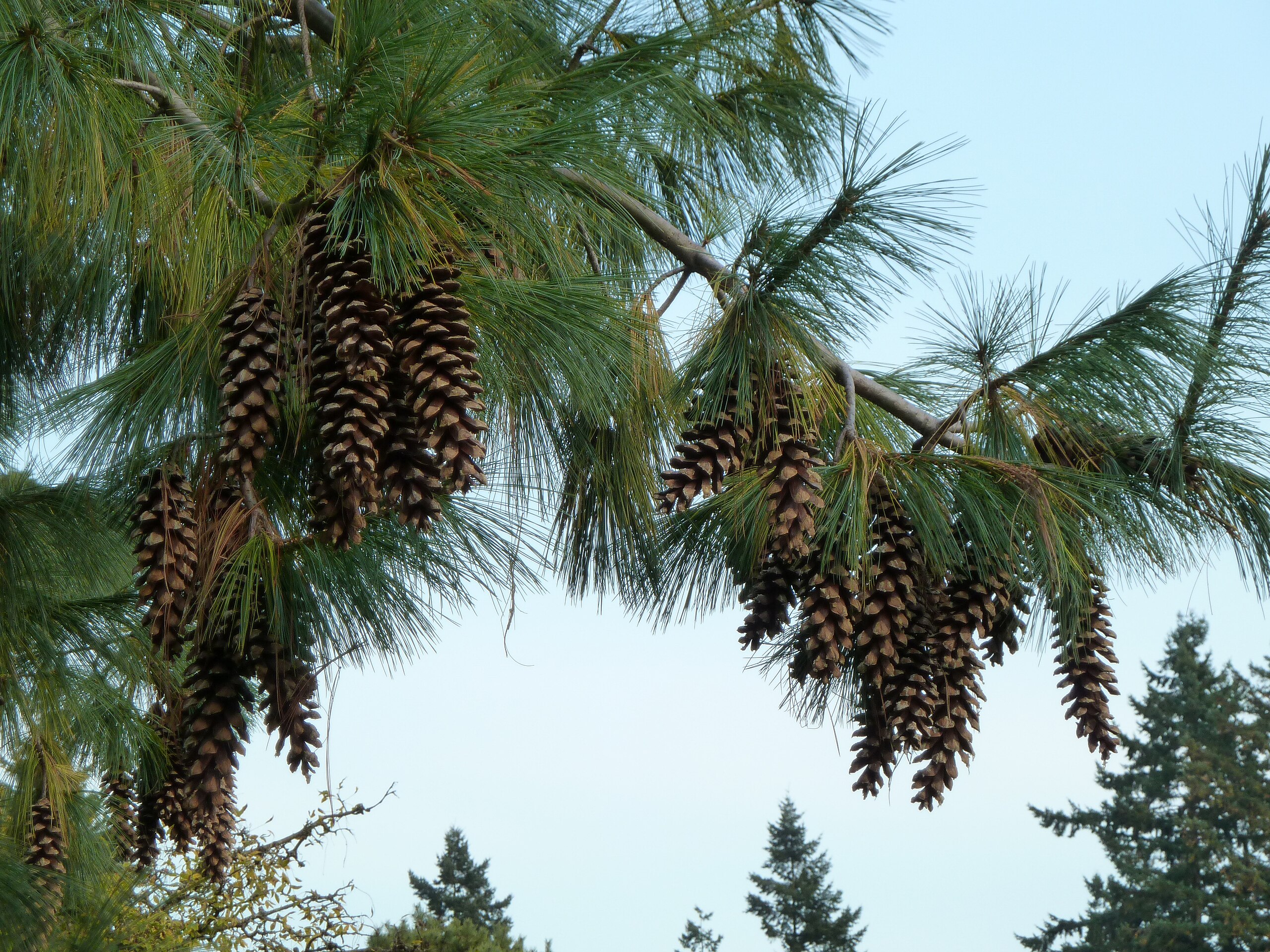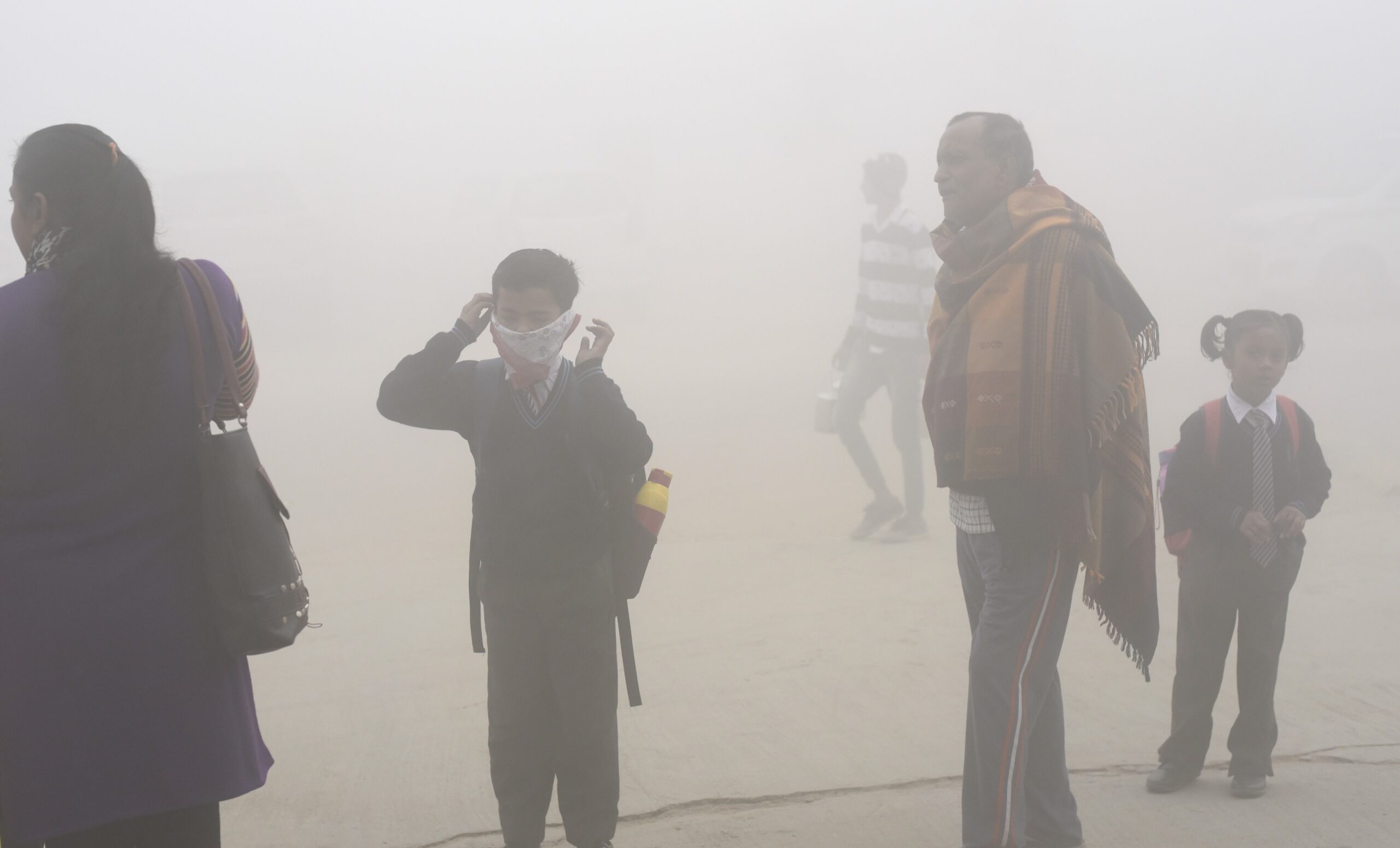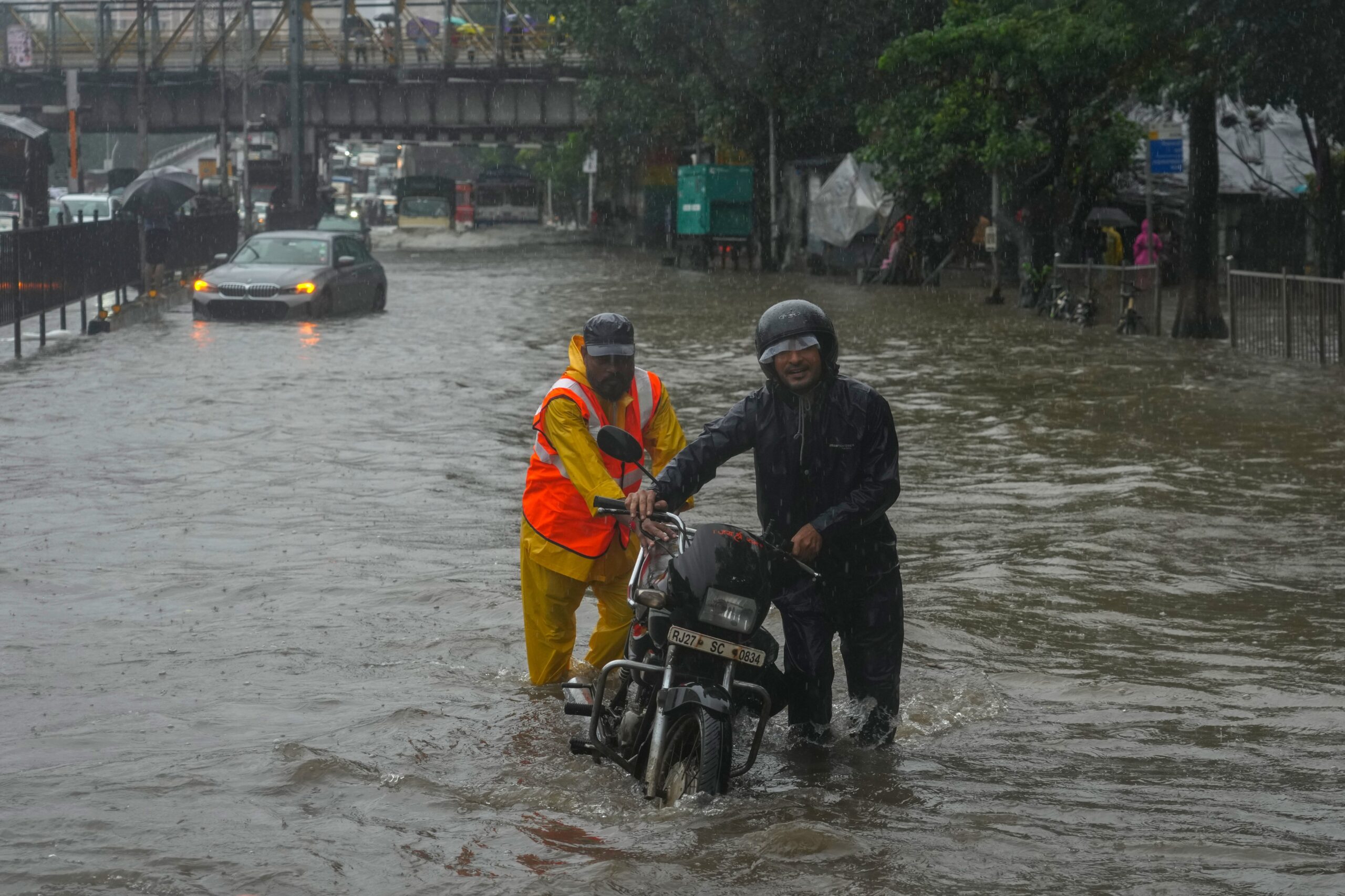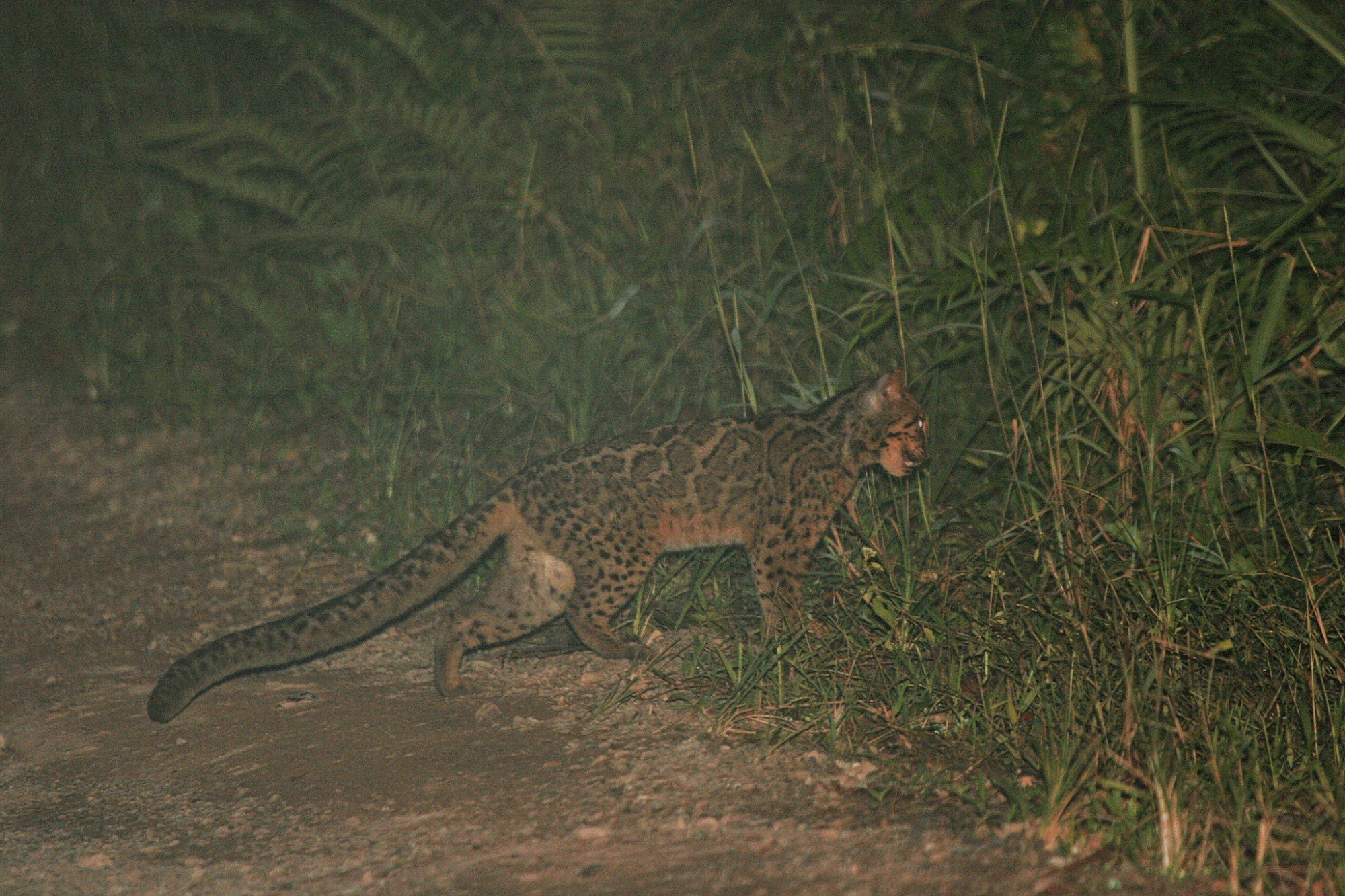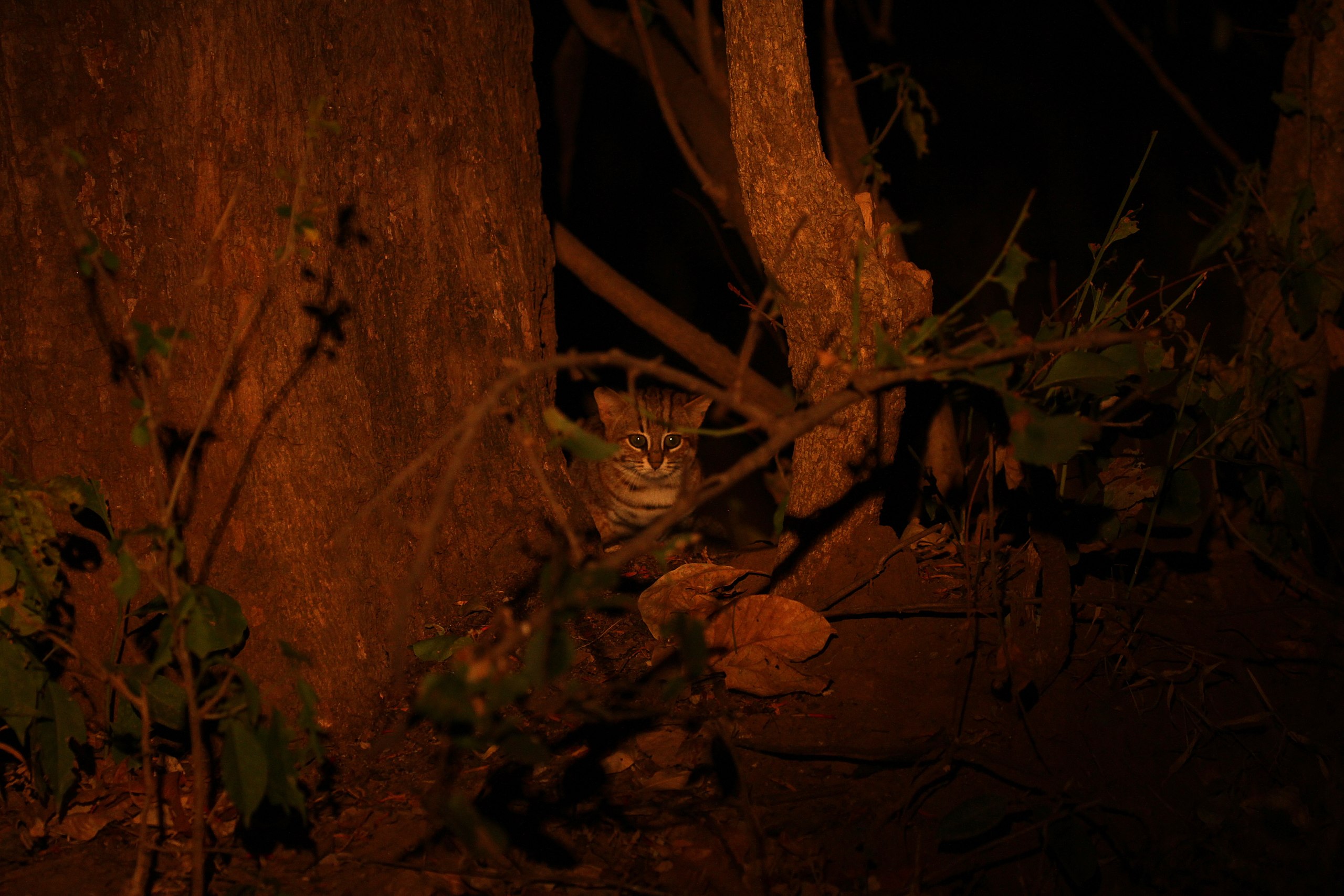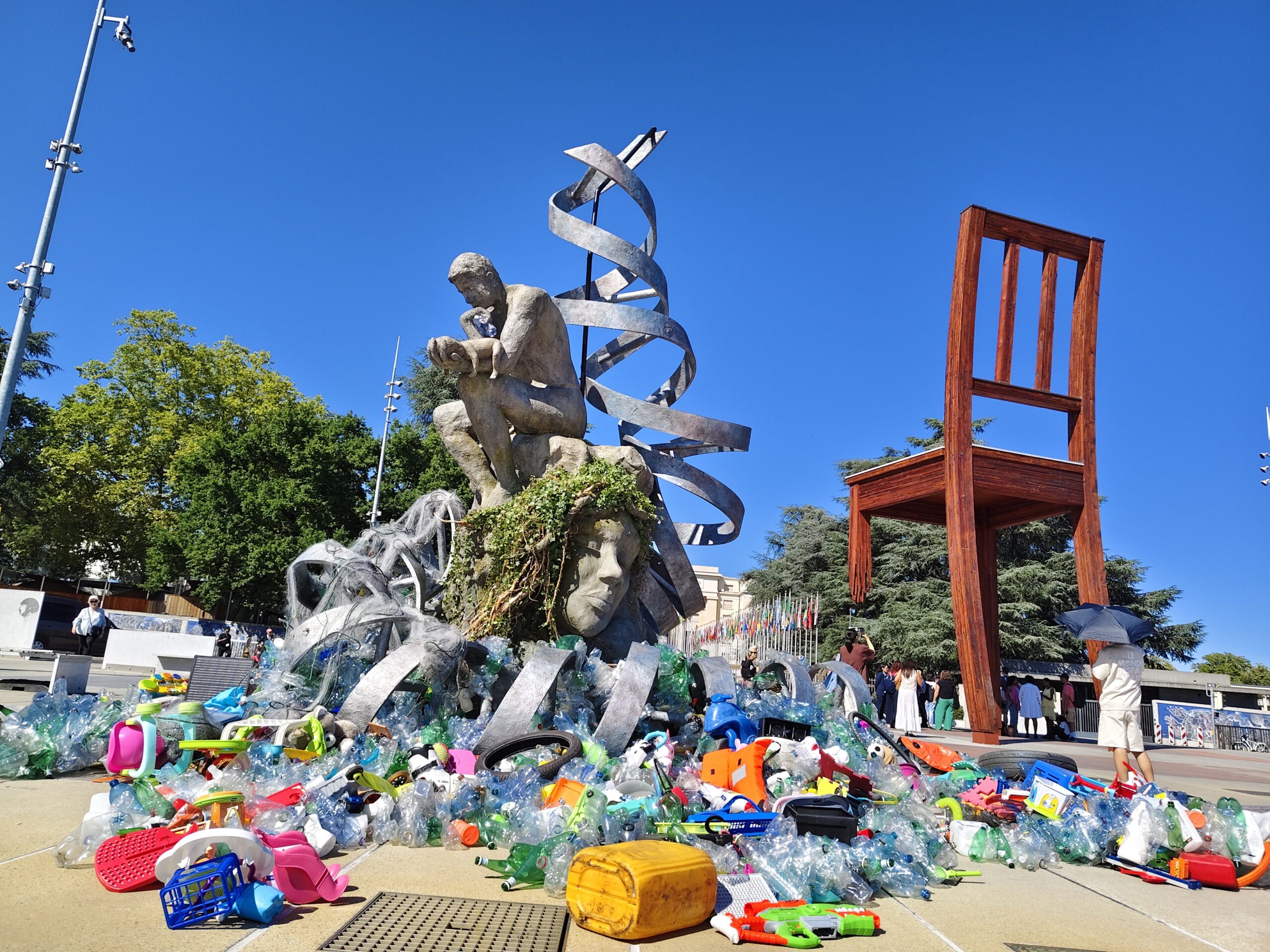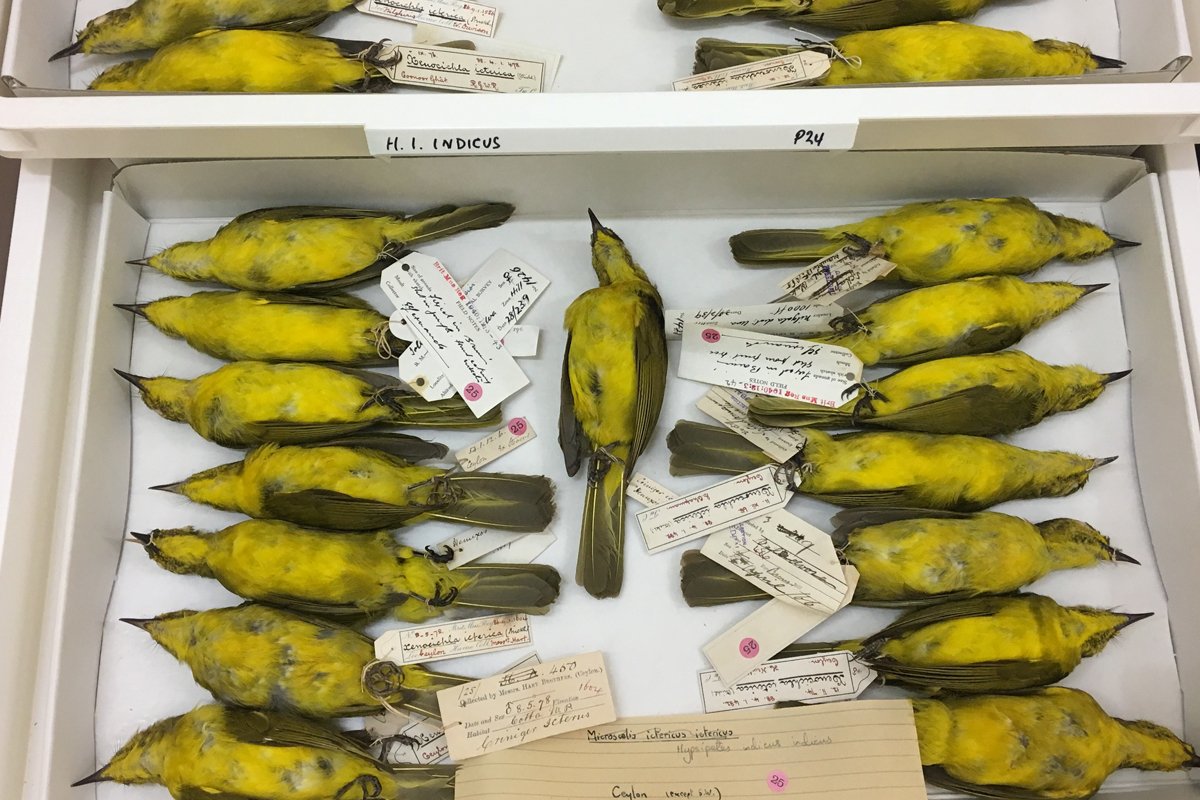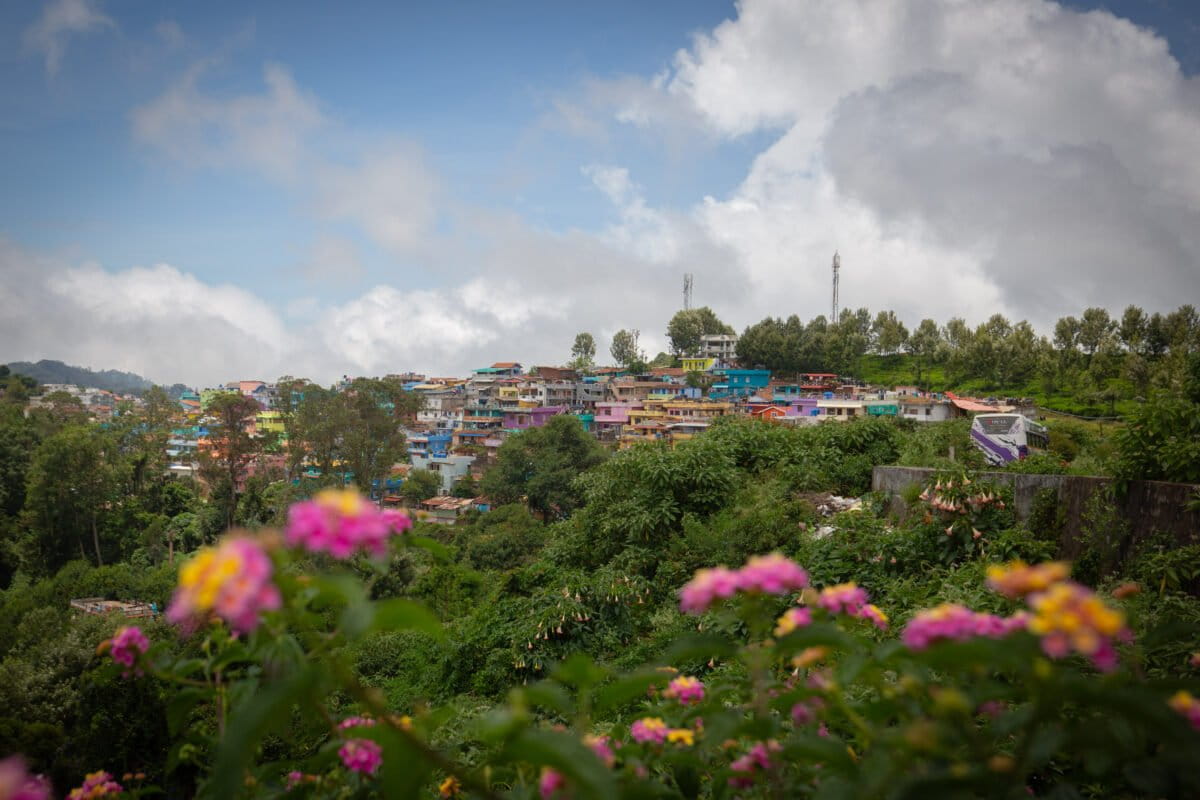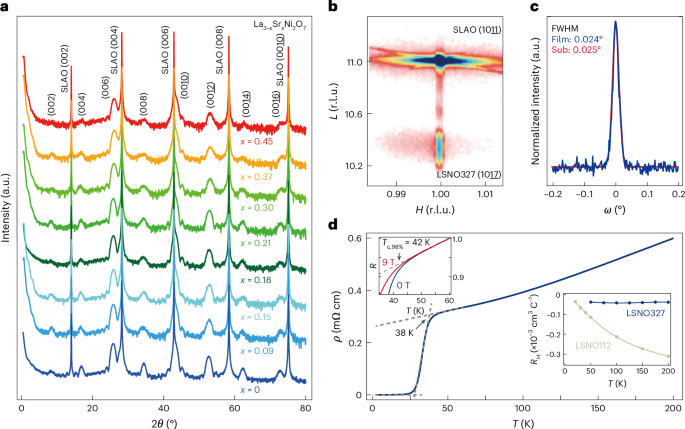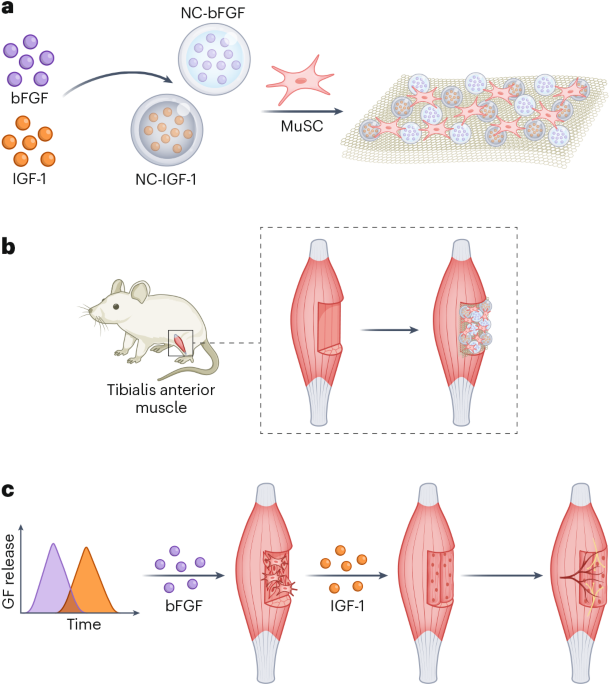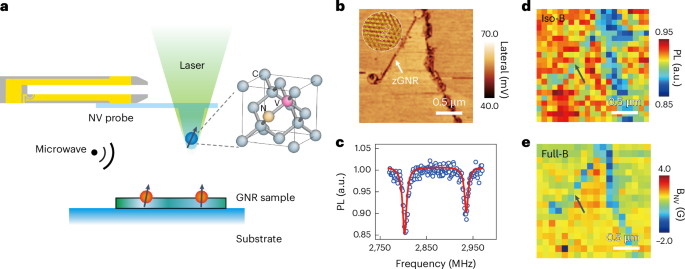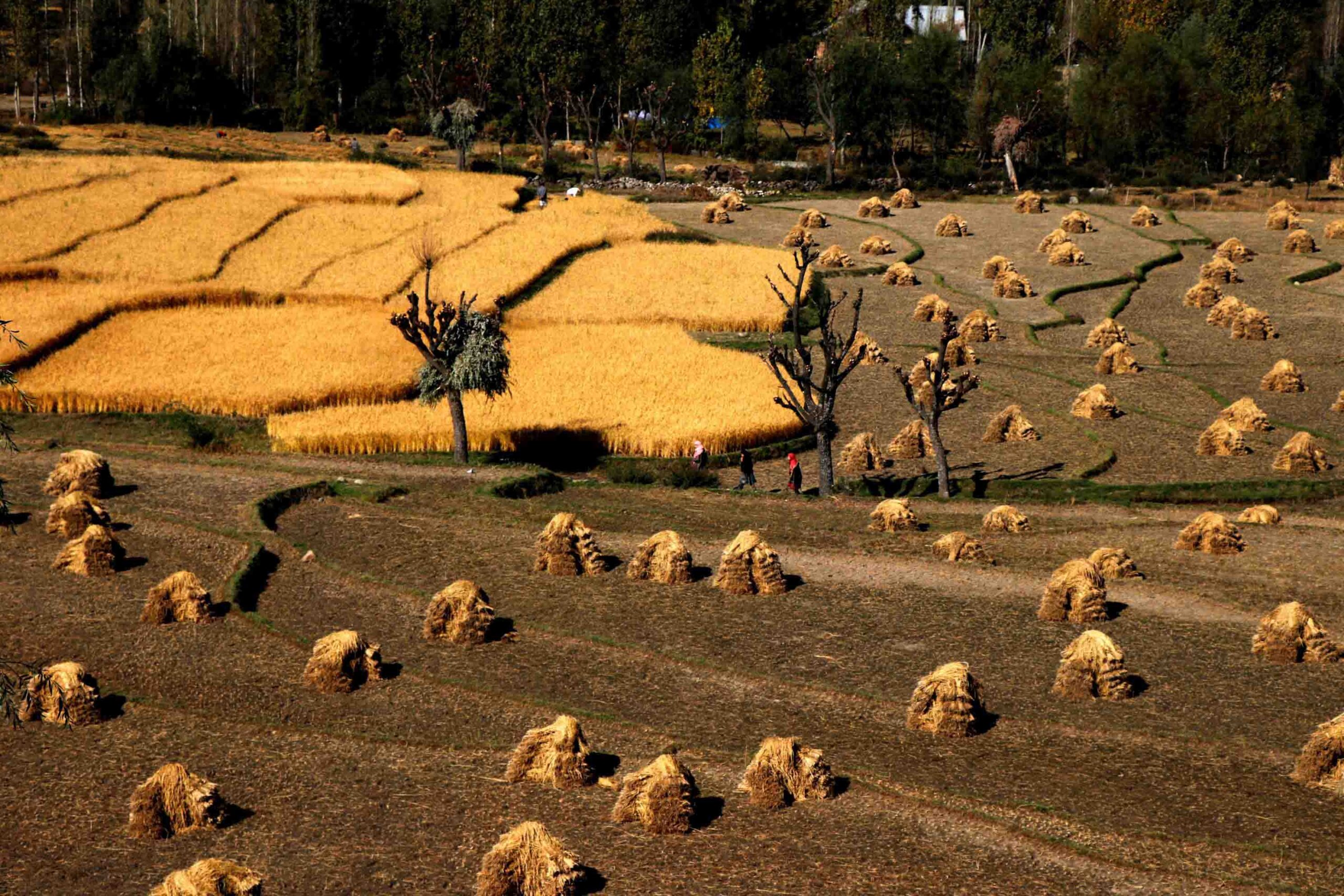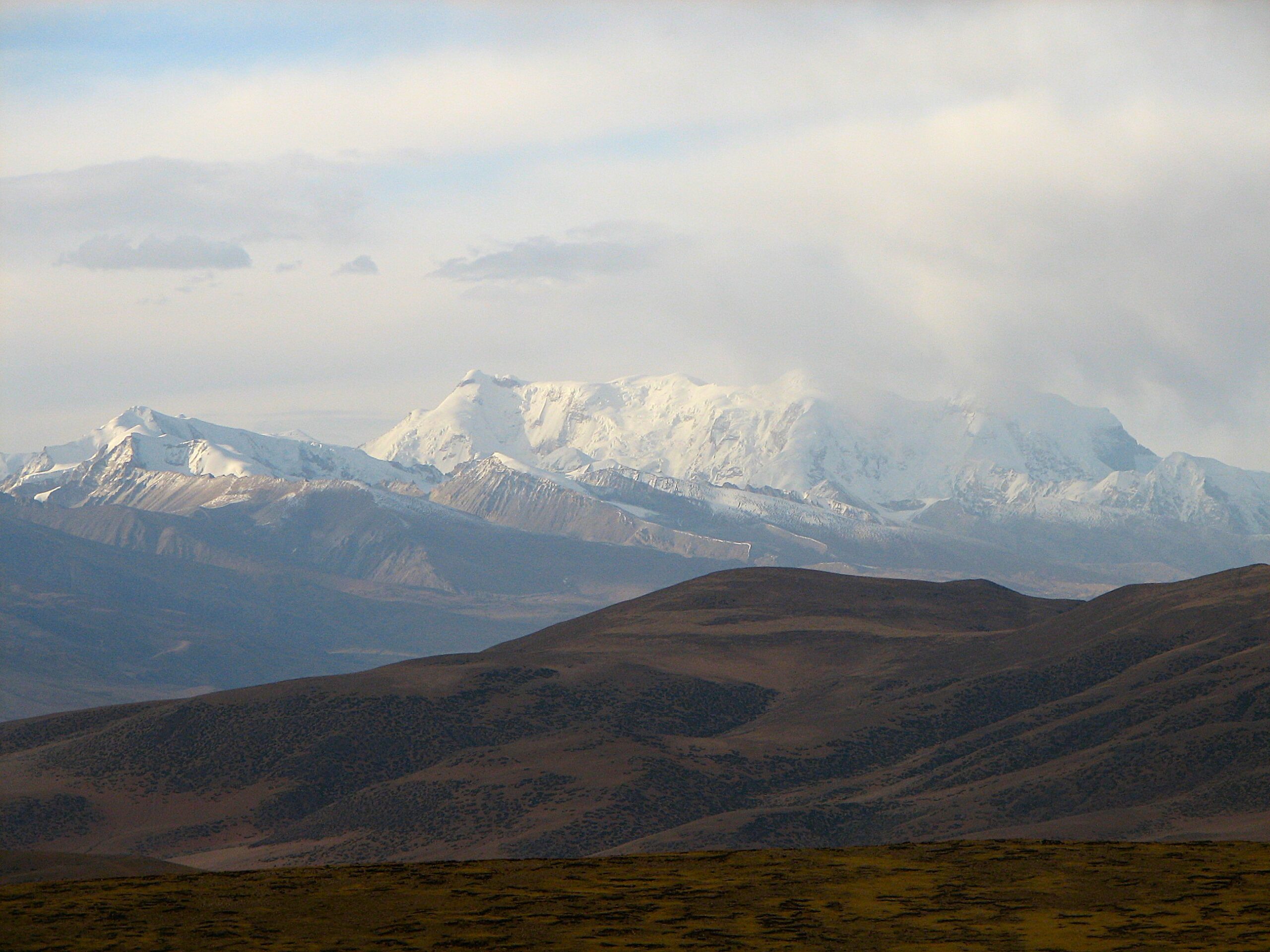
- The Banni grasslands in Gujarat store 27 million tones of carbon, finds a new study.
- Grasslands are rarely considered allies in the fight against climate change, even though soil is a considerable carbon sink.
- The findings highlight the need to preserve soil and restore parts where the invasive plant Prosopis juliflora is widespread.
The Banni grasslands in Gujarat have long captivated scientists for their variety of flora and fauna, including types of grass not commonly seen elsewhere. At 2,300 square kilometers, it is Asia’s largest tropical grassland and one of India’s most unique saline grassland-wetland ecosystems. Beneath this vast expanse lies a wealth of soil organic carbon (SOC), adding yet another dimension to the ecosystem’s complexity, a new study finds.
Unlike most other arid, semi-arid, or seasonally flooded savannas, the Banni grasslands have emerged from soils that are inherently saline. “The Banni grasslands are a relatively new land formation, and the texture of the soil has to do with the deposition of sand from rivers across millennia,” said Chetan Misher, co-author of the study and a wildlife ecologist at the Wildlife Conservation Trust. The texture of the soil is fine, resembling the silt and clay in some parts, making it very dense. “The silt is compact, and for a long time was undisturbed,” he added.
The nature of soil in the Banni grasslands makes it ideal to store carbon – it was found to store 27.69 million tonnes of carbon, according to the study. For perspective, all of Gujarat was reported to have a soil organic carbon stock of 67 million tonnes, as per the India State of Forest Report 2023.
“Such research can shine a lens on the importance of below-ground carbon stocks and restoration, rather than merely tree planting, as an ecologically sensible means to create long-term, sustainable carbon sinks that are tailored to the natural environmental envelopes in which they occur,” said Jayashree Ratnam, Director of the Wildlife Biology and Conservation Program at the National Centre for Biological Sciences.
Restored sites have high organic carbon
Typically, trees and forests have been the focus of domestic policies aimed at increasing carbon storage. Grasslands are rarely thought of as allies in climate mitigation, even though soil is responsible for 55% of the country’s carbon stock. “A huge challenge with the protection of grasslands in India stems from a legacy where these open systems have been viewed as ‘less productive’, and therefore historically targeted for transformation to other land uses such as agriculture and industry, and more recently renewable energy,” said Ratnam, who was not involved in the study.

The researchers attempted to study carbon stocks in the Banni grasslands, because “even global or regional meta-analyses have excluded data from Banni, making it an outlier in the study of SOC stocks in tropical grasslands,” says the study.
Apart from estimating current stocks, the study also mapped stocks across different land use types. Plots were sampled three times – in 2014, 2017, and 2023 – to draw a picture of how restoration and degradation influenced soil organic carbon storage over time. Degraded sites were considered as those where Prosopis juliflora was widespread – including dense Prosopis woodlands and sites with Prosopis and mixed vegetation.
Prosopis juliflora is an invasive plant that was introduced into the landscape in the 1960s to combat soil salinisation and improve green cover, but has since spread over approximately 50% of the Banni grasslands. Restored sites, locally called vaadas, where Prosopis was removed by communities or individuals, were included in the study as a point of comparison, as were saline brushlands and wetlands.
Restored sites – the vaadas – had the highest SOC density, the study found, at around 143 tonnes of carbon per hectare, “underscoring the potential of restored grasslands to sequester carbon effectively.” The vaadas were followed by wetlands (storing around 138.59 tonnes of carbon per hectare) and saline brushlands (around 125.75 tonnes per hectare). By contrast, areas with Prosopis and mixed vegetation showed the lowest storage density (105.56 tonnes per hectare).
Since the saline brushlands are the biggest land use type, occupying 1,27,521 hectares, they contributed the most to overall SOC stocks in the Banni grasslands, storing 16.03 million tonnes of carbon.
Undisturbed soil ensures carbon storage
Changes in land composition could change Banni’s carbon storage potential in the future. Though the Banni grasslands have been protected as a reserve forest by law, climatic changes, increasing salinity, and the encroachment by invasive species can accelerate degradation.
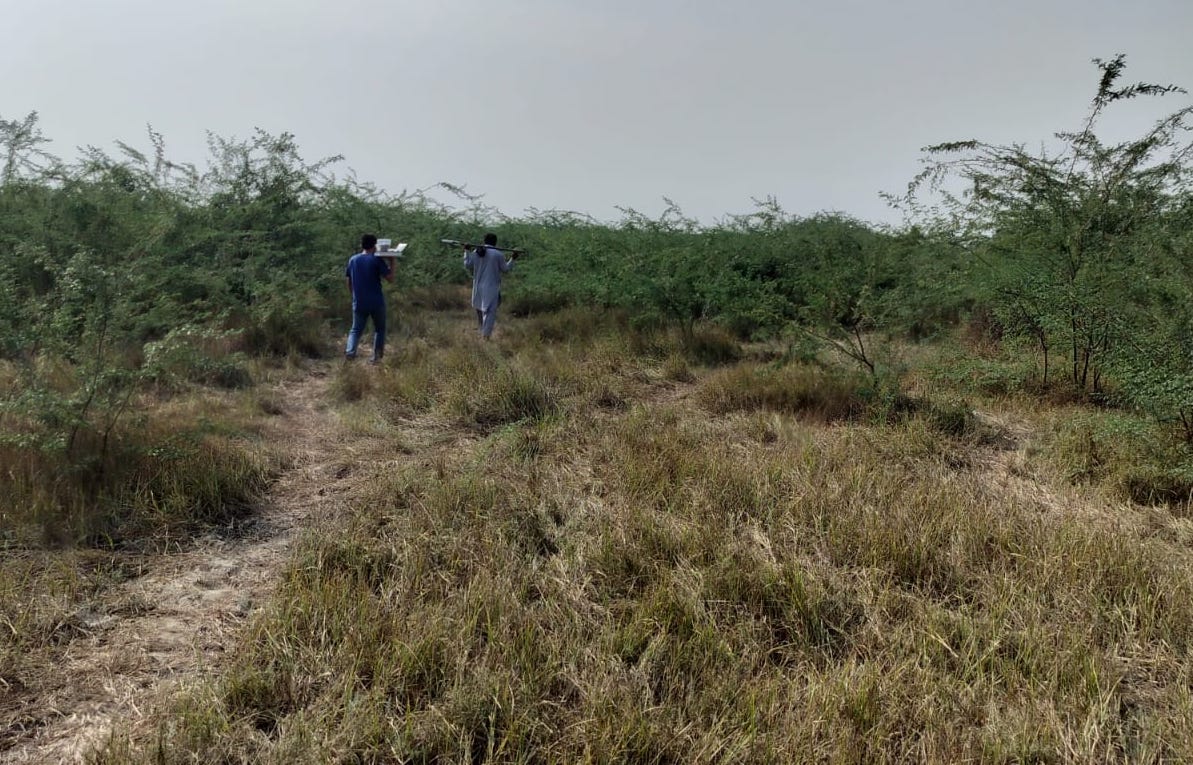
Over the nine year study period, saline brushlands shrunk by almost 10,000 hectares from 2014 to 2023 – likely due to the combined effects of wetland seasonality and encroachment by Prosopis. Dense wooded Prosopis areas increased by approximately 2,000 hectares over the same time period. “Prosopis prevents the growth of palatable grasses under their canopy, and so this also affects the soil’s capacity to hold carbon,” explained Misher, adding, “Ensuring the soil is undisturbed is a key way of ensuring the carbon remains stored in the soil.”
While trees and other vegetation store carbon in their biomass, grasslands store carbon in the soil, and can do it more effectively in drought prone areas. The fact that the Banni’s restored vaadas stored the highest proportion of carbon compared to other land types shows that “planting more trees in tropical grasslands does not lead to more SOC concentration in the soils,” says the study.
It also highlights the need for restoration, said Manan Bhan, former Fellow in Residence at ATREE, and another co-author of the paper. “To begin with, focussing on removing sparsely vegetated Prosopis can help soil carbon recovery in the near to medium term,” he said.
Banner image: Banni grasslands in Kutch, Gujarat. Image by Balaji Venkatesh Sivaramakrishnan via Flickr (CC BY-NC-SA 2.0)





















